After four amazing days of checking out the diverse nature around the Issyk Kul Lake, Steve and I decided to travel onwards to another lake, Song Kul Lake, which would take us a few days to reach. We arrived in Kochkor, the starting point of tours to Song Kul, in the afternoon after a 6-hour drive from Karakol via Balykchy and went straight to the Community Based Tourism (CBT) office to book a tour for the next day. CBT is a company that builds bridges between tourists and locals in almost every village in Kyrgyzstan, giving you an authentic experience of the lifestyle of the Kyrgyz people. The CBT organizes tours all over the country with locals as guides, where tourists can stay with local families along the way. They also have contacts in all the villages, where tourists can stay at local homestays. It’s a beautiful way to get to know the culture and people, and it’s great for the family’s and community’s economy as well.
We really wanted to do a horse trek to Song Kul Lake, which is the second largest lake in Kyrgyzstan after Issyk Kul, and the largest fresh water lake in the country. We had heard that Song Kul is much more beautiful and remote than Issyk Kul, and therefore also much harder to get to. It’s possible to drive there, but it’s very expensive to do and the road is only accessible in the summer, and horse trekking is a must-do in a country like Kyrgyzstan, where horses were used by nomads for centuries.
We had a price that we were willing to pay in mind and the lady at the CBT office actually gave us a price that was lower than expected. We went to the office of Shepherd’s Life, which is another tour company in Kochkor, just to check their price for the tour, but since it was higher than the CBT, we decided to go with our gut feeling and booked the tour with the CBT as well as our accommodation for the night with a local family.
We agreed to pay 10.500 soms for the tour for the both of us, which was without transport, as the lady said we would be able to get a taxi for 900 soms each way, which would be way cheaper than paying 2.700 for the CBT transport. But later on, she found us on a street in Kochkor and told us that there were no taxis available, so we had to pay for the transport after all… I felt like she had lied to our faces initially to get us to book with her, but what could we do?
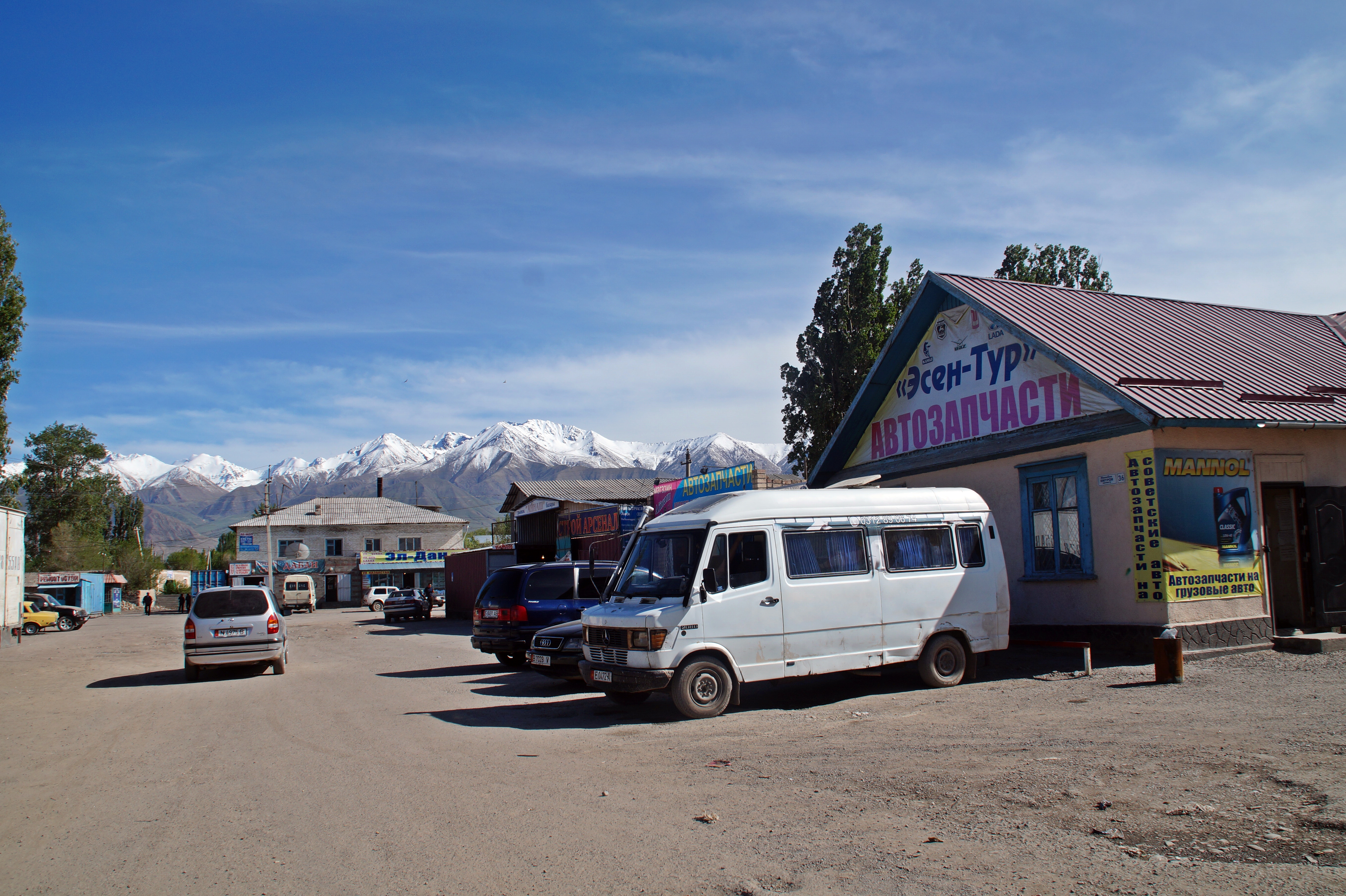
The next day, we were picked up by our driver and guide Bek at 9.15 AM for a 60 minute drive through the mountains to Kyzart Pass, which lies at an altitude of 2664 m.
Here, we went to a yurt (a traditional portable round tent used by the nomads in Central Asia), where a family was staying for the summer. In the winter time, they move back to a village to escape the freezing weather that Kyrgyzstan experiences in those months. We picked up our horses from the family and set off after a bite to eat and some tea.
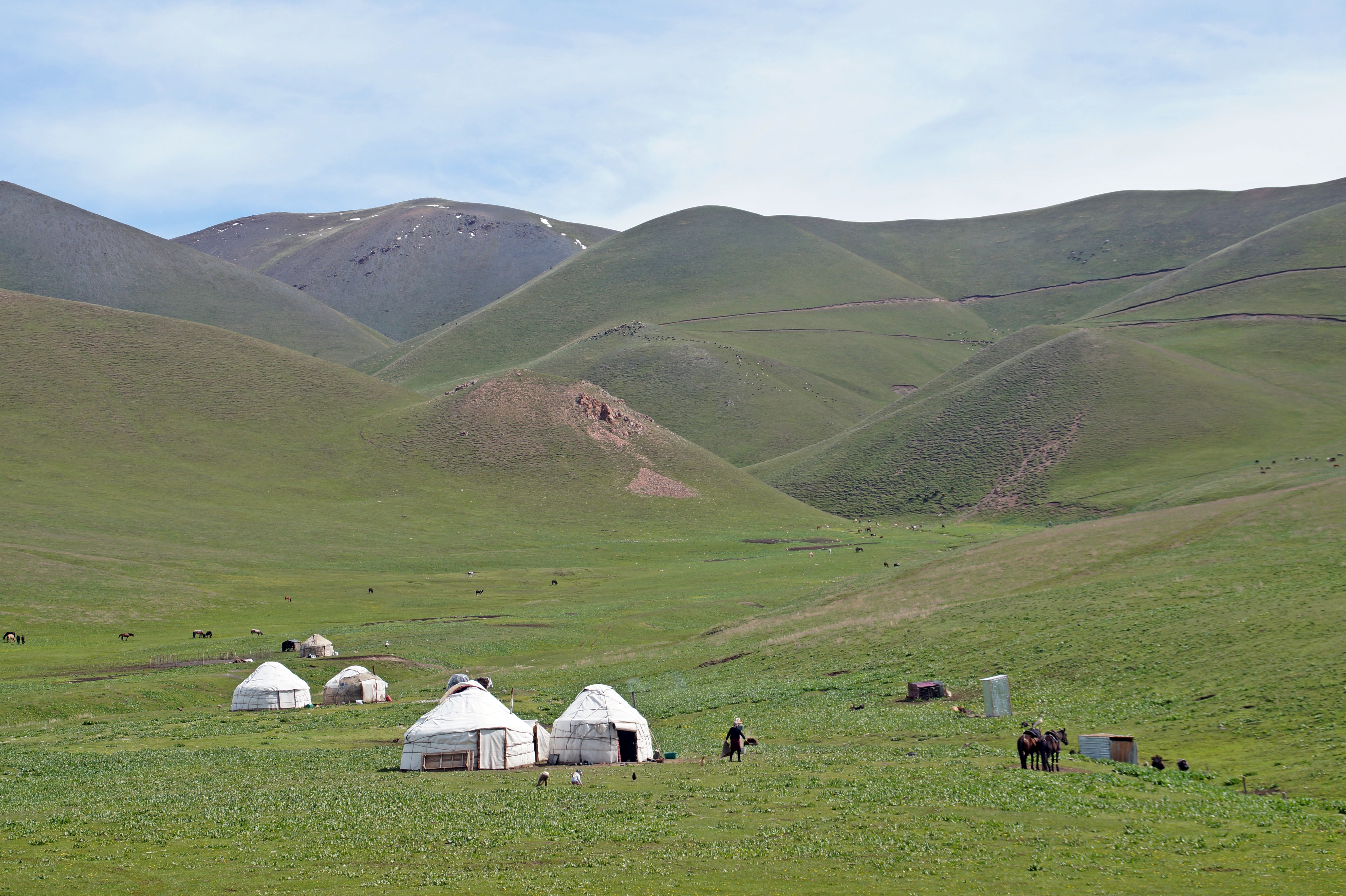
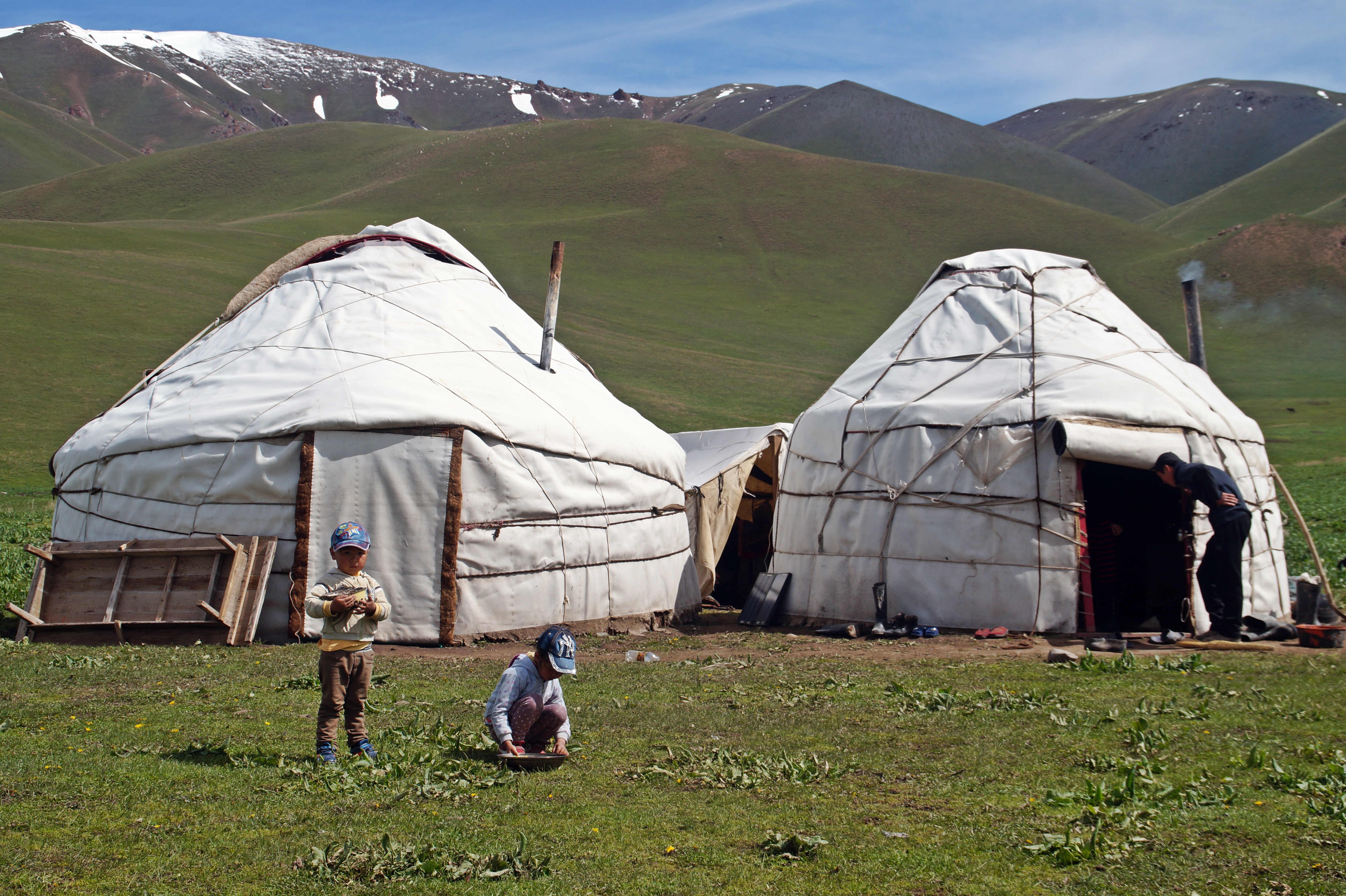
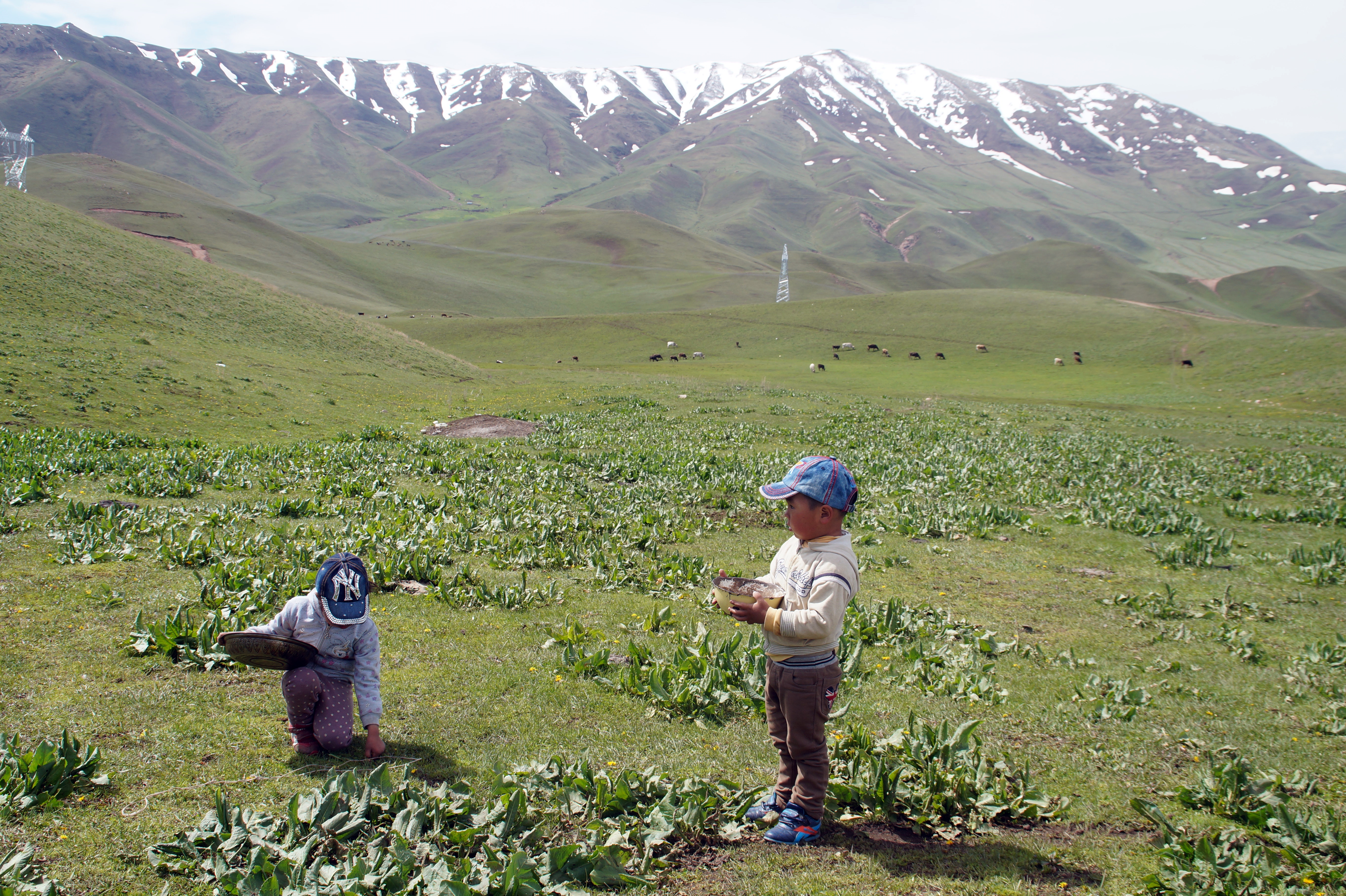
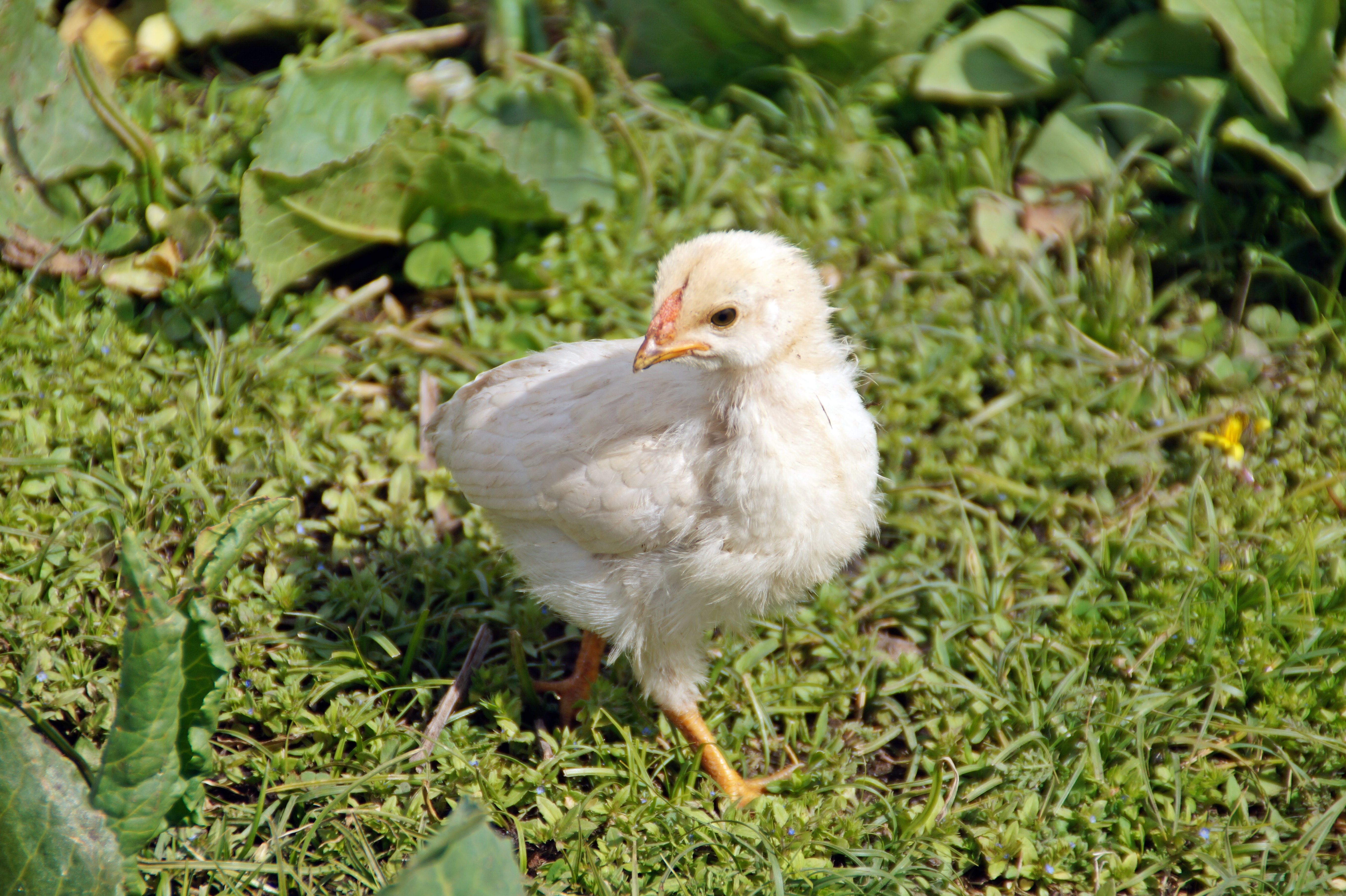
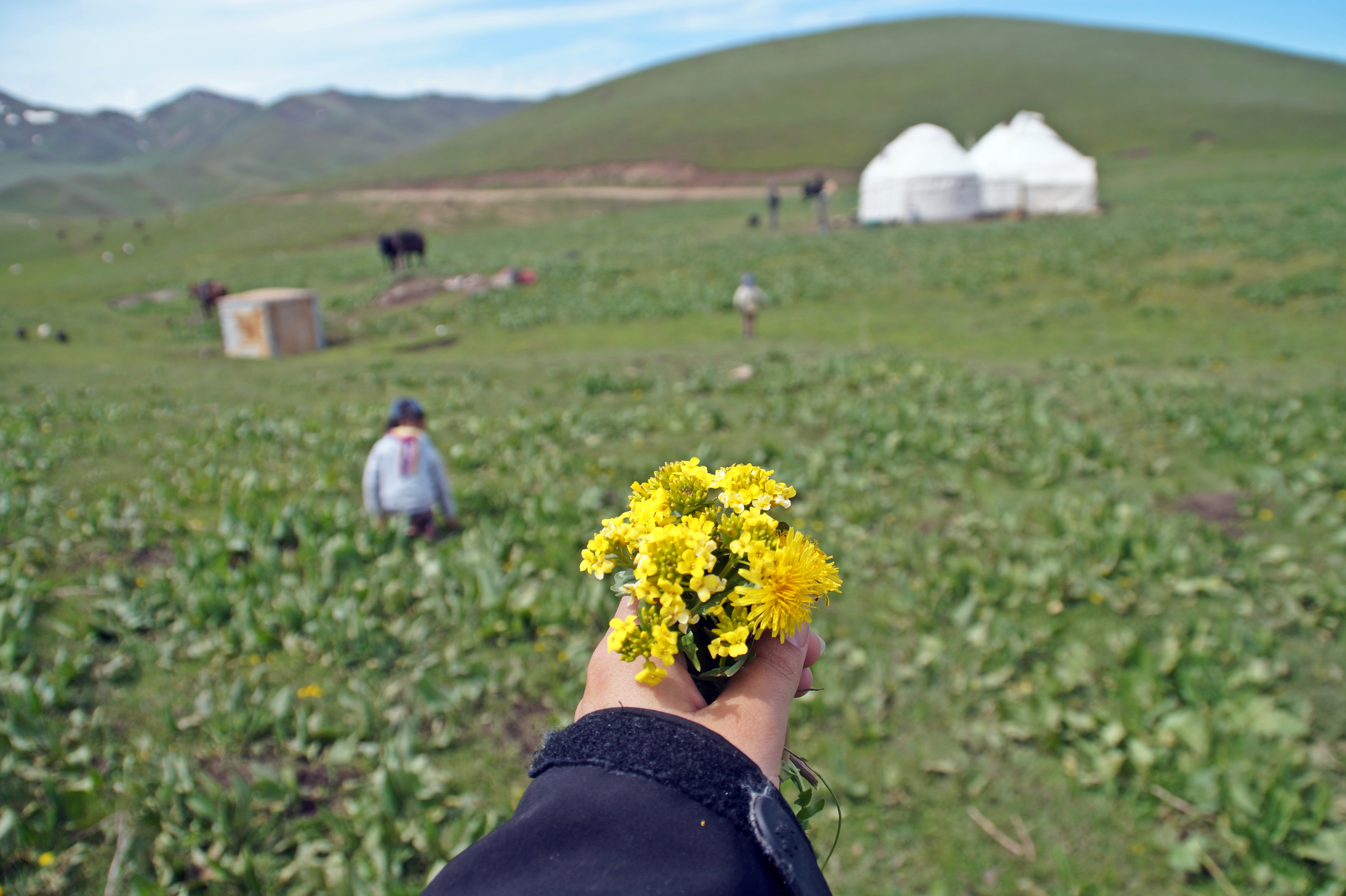

We had three horses for the tour; one for Steve, one for me and one for Bek. We named Bek’s horse Comanche (inspiration from The Saddle Club, hell yeah!), because he was always in the lead and “commanding” the other horses. The one I got I decided to call Elvis, mainly because of his black hair like Elvis’. And the one that Steve got he called Kamikaze, but he later changed that to Pumba due to the amount of eating, farting and crapping his horse did. Pumba would literally stop every 2 minutes to eat something! Steve even said that for every 100 metres, he would stop 8-10 times!! He was also the fattest horse, so Pumba was a suitable name for him.
I really loved the horses and I was sad to see them go, when the tour ended the next day. Especially the large amounts of crap, pee and farts that they did when trekking was a good source of laughter for us! When the horses fart, they don’t just do it once, they do it continuously for AT LEAST a minute, haha! And whenever they pee, they stop walking, so whenever that happened we would be like “Oh come on horsie, chu!, walk!, ohhh wait!”. Crapping was something they would do while trekking though! I thought it was amazing how it could smell so bad when all they eat is grass, but I guess even vegetarians smell.
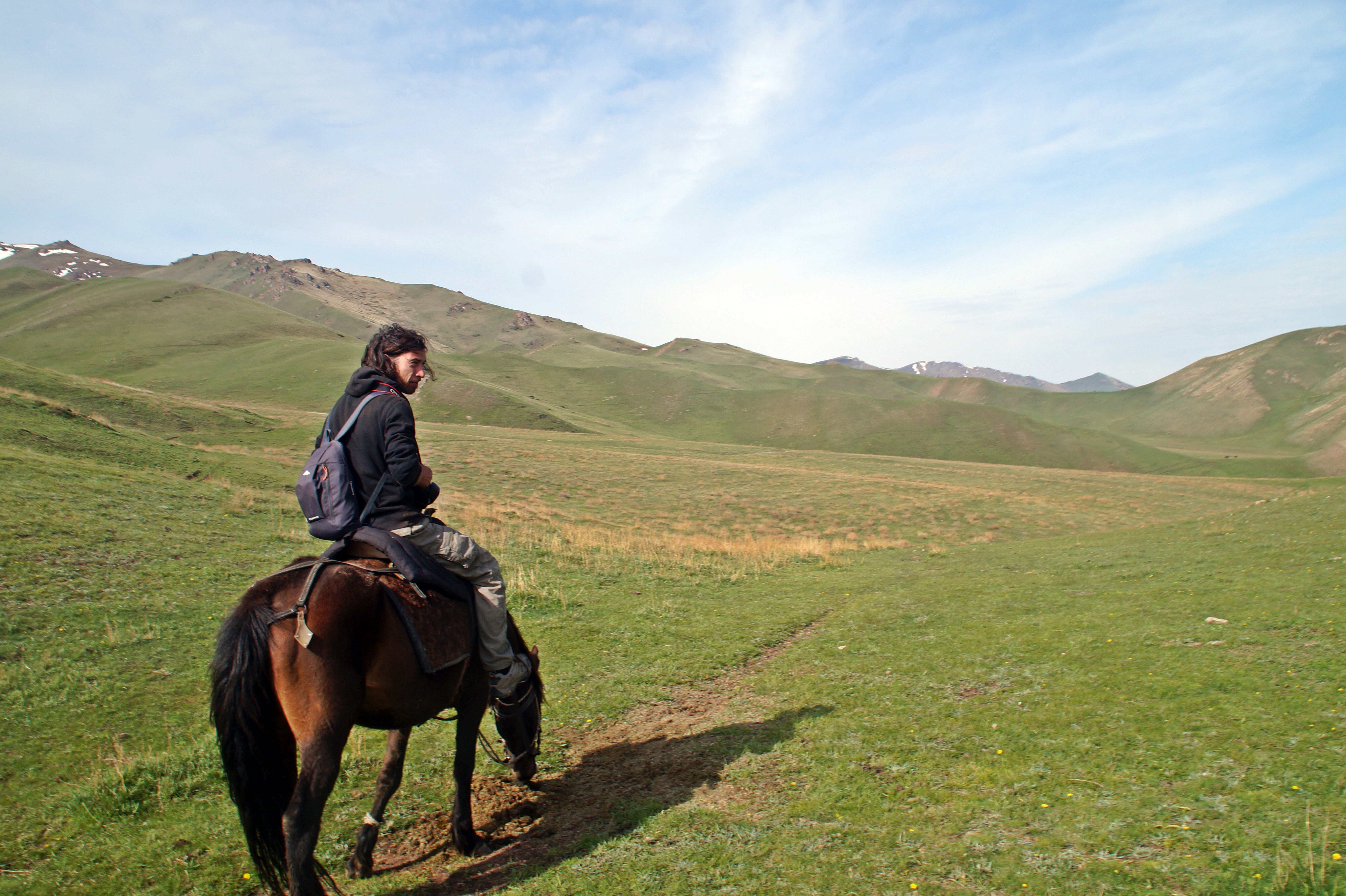
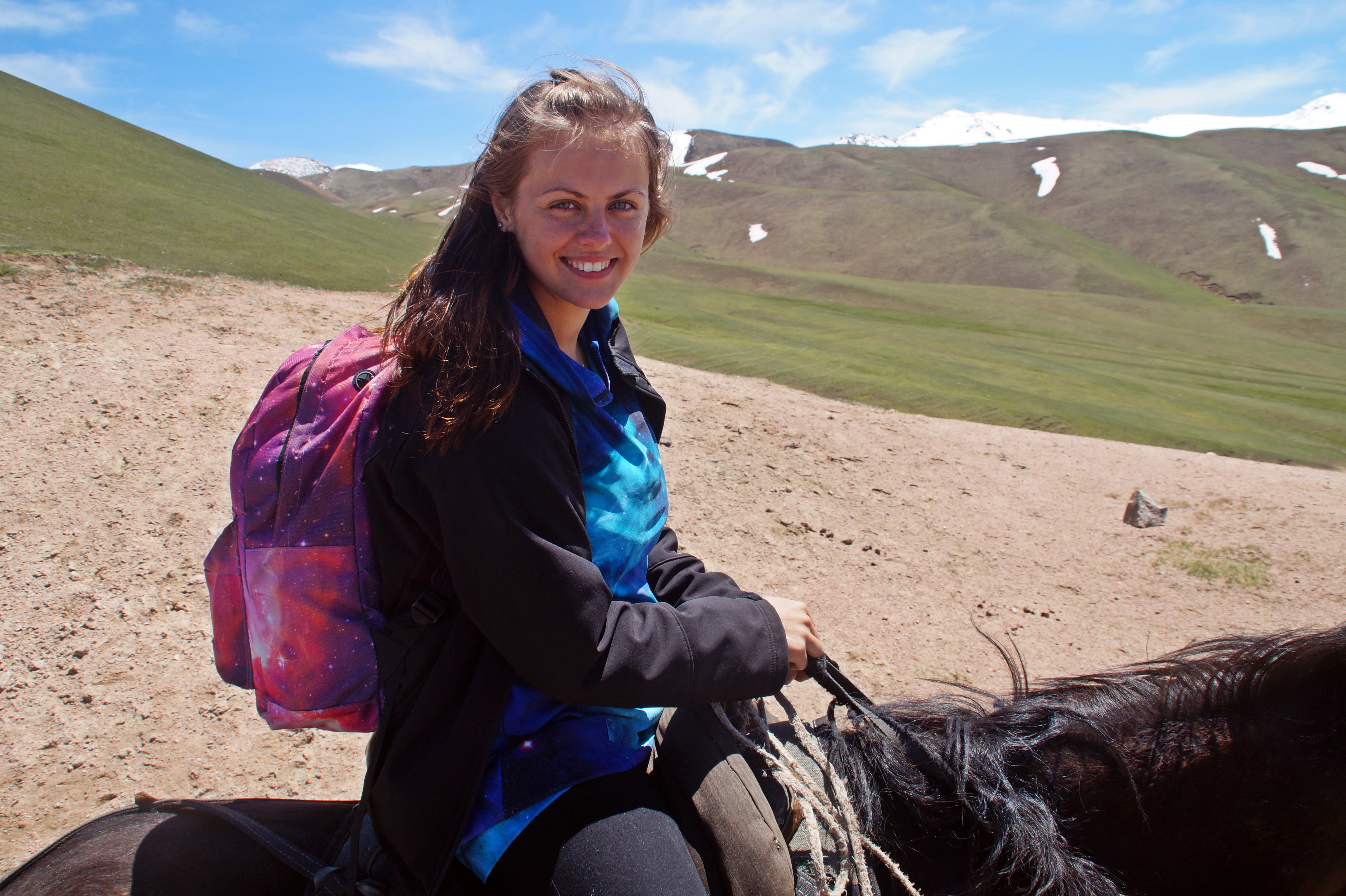
We left the yurts at 11 AM, ready for our first long horse trek ever. We would be trekking for 5 hours that day and both of us were preparing for sore butts. And sure enough, after just half an hour of trekking, my butt started getting sore… I wasn’t looking forward to the next day!
Apart from the butt situation, we had a really nice trek through the Kyzart Pass with beautiful weather throughout the day. We stopped for lunch halfway near a river at Shar Arsha Jailoo, where the horses could drink and eat as well (not that they really needed anymore food though).
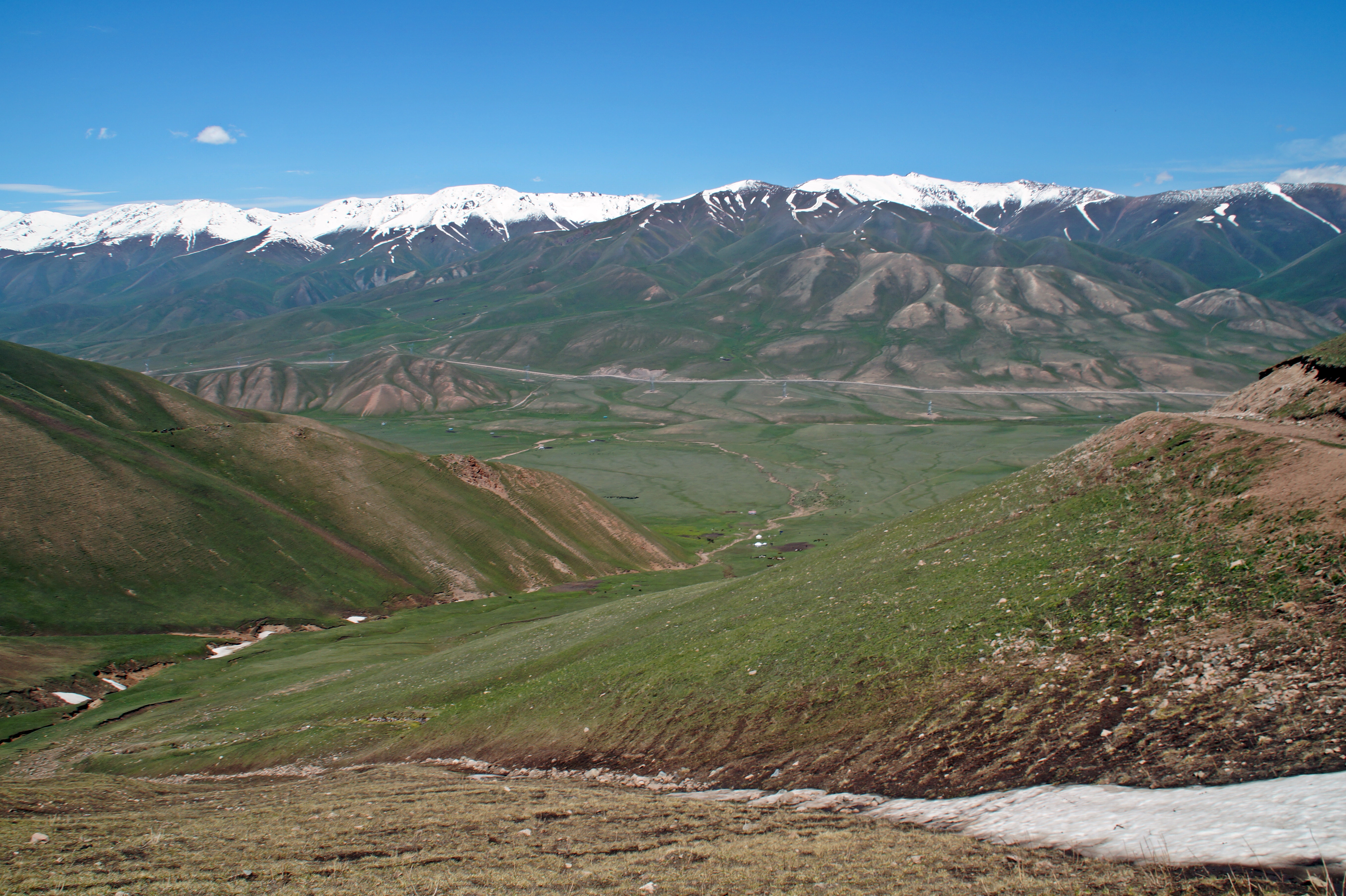
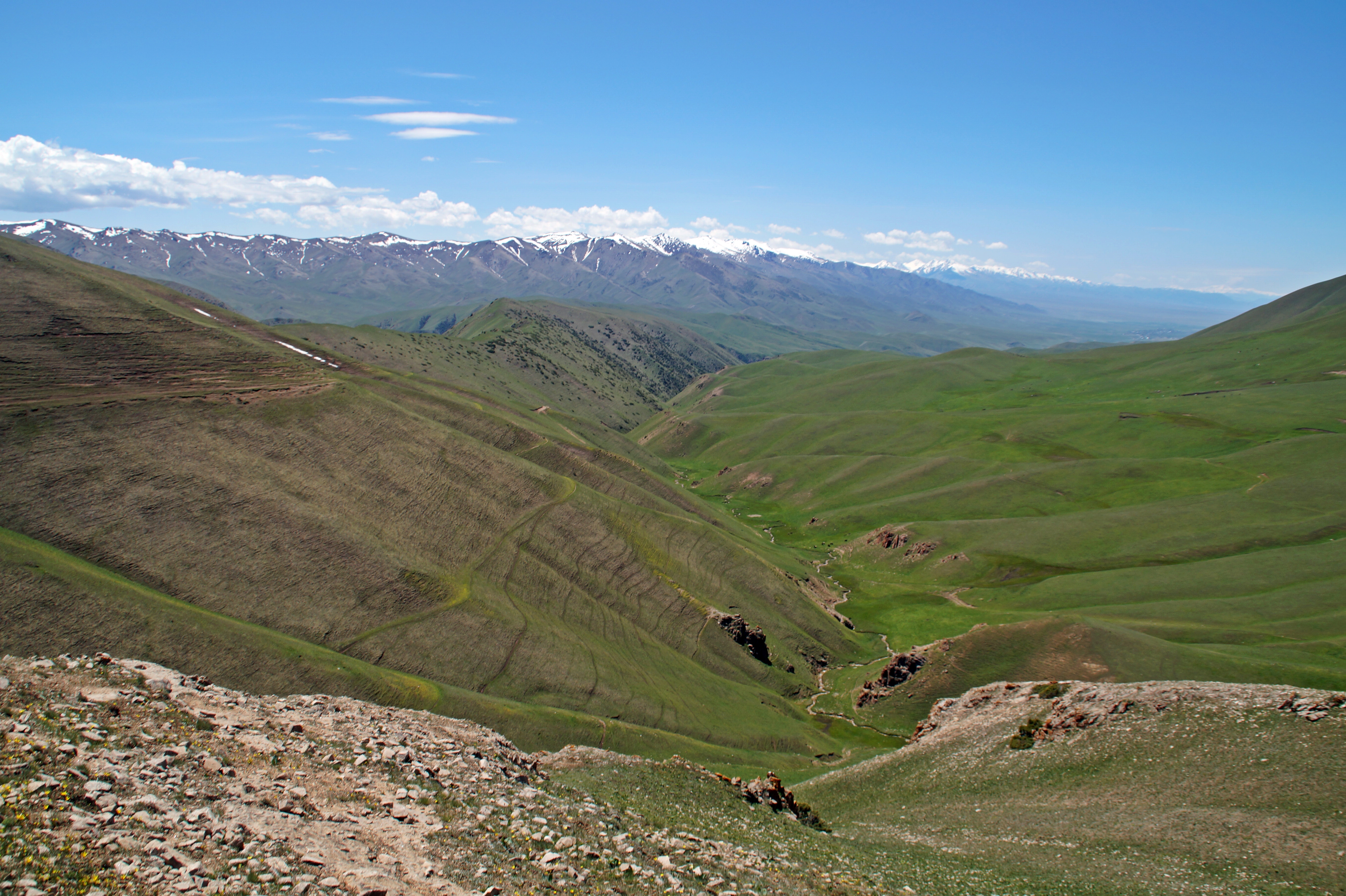
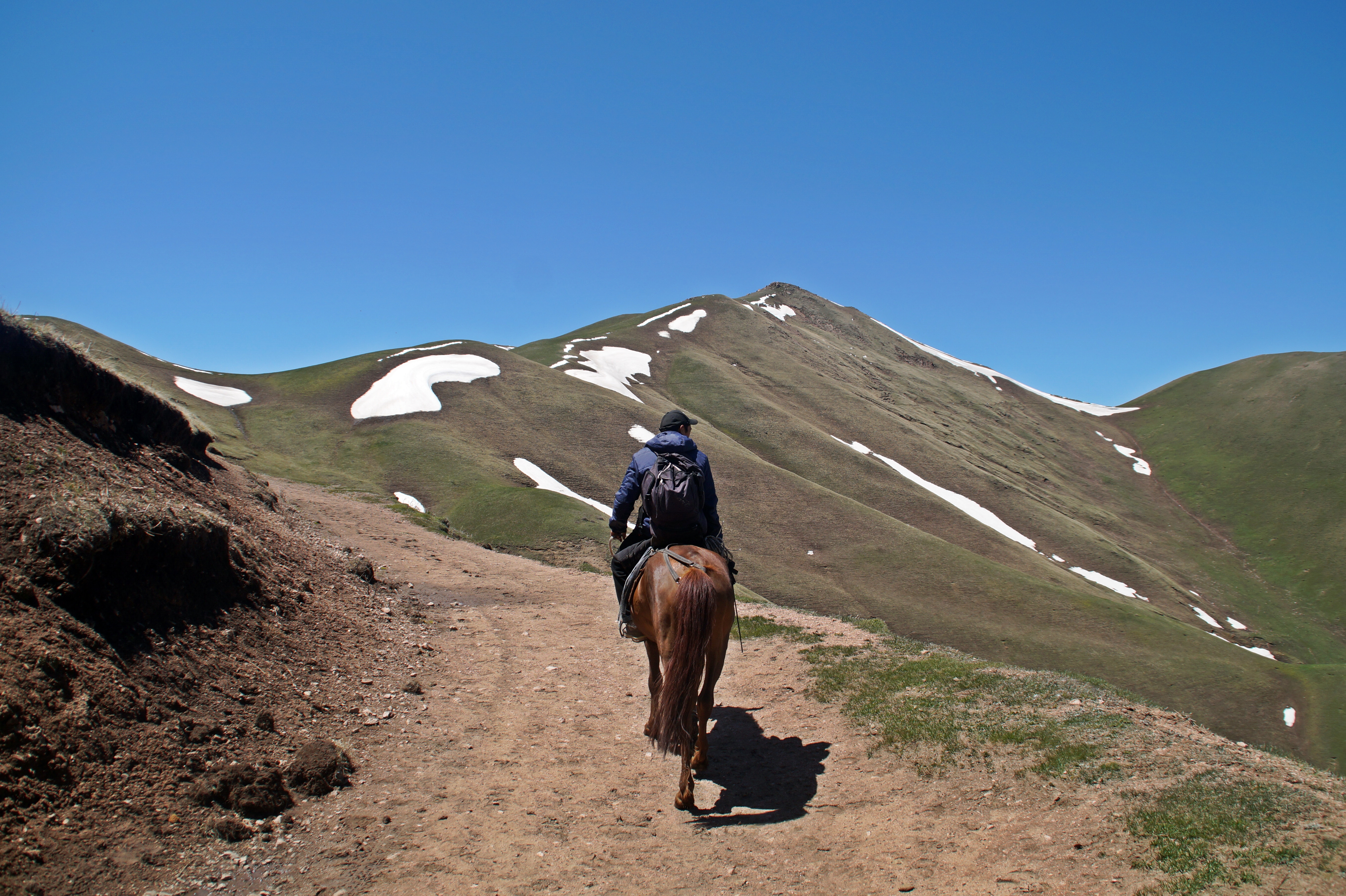
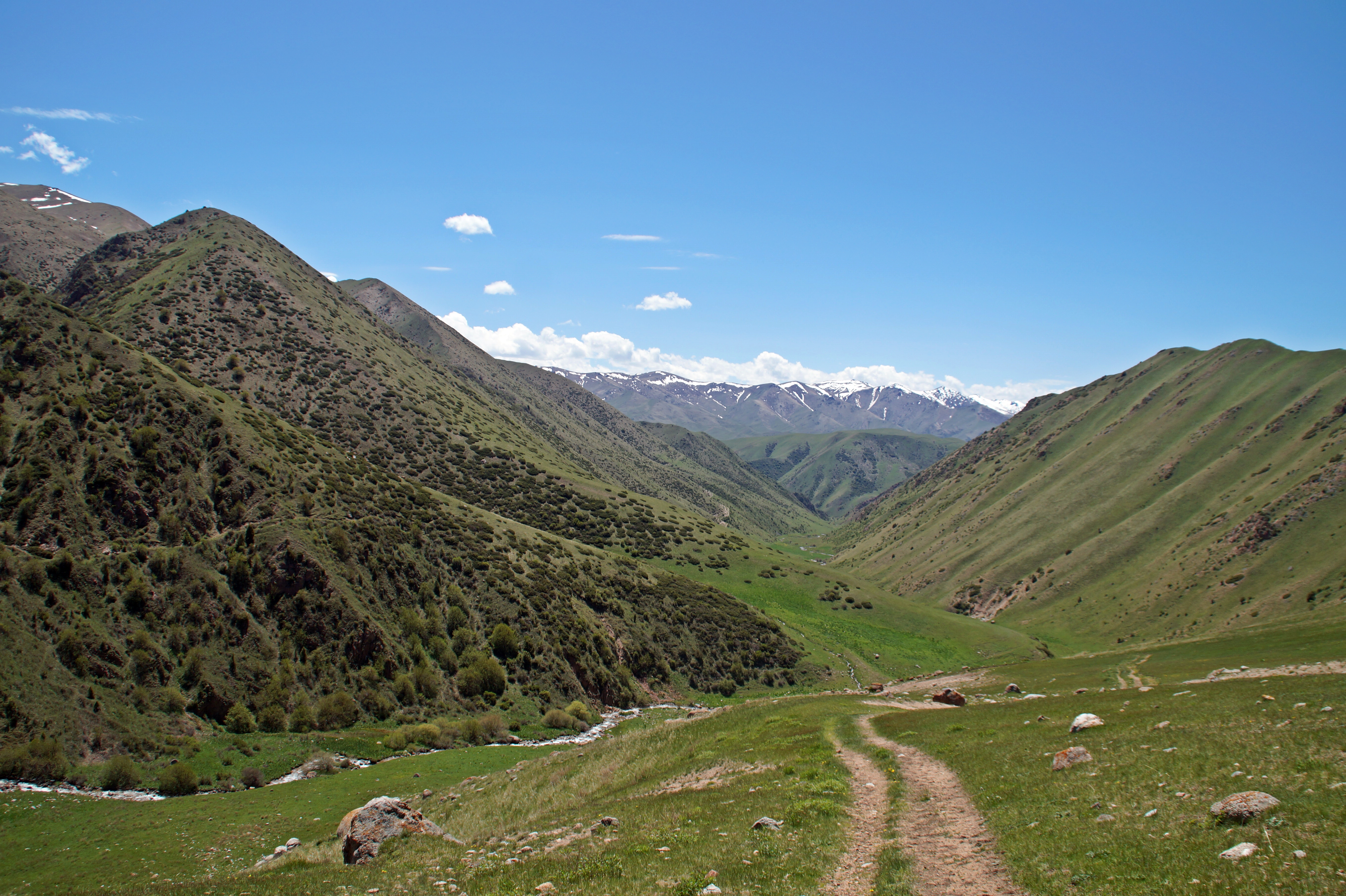
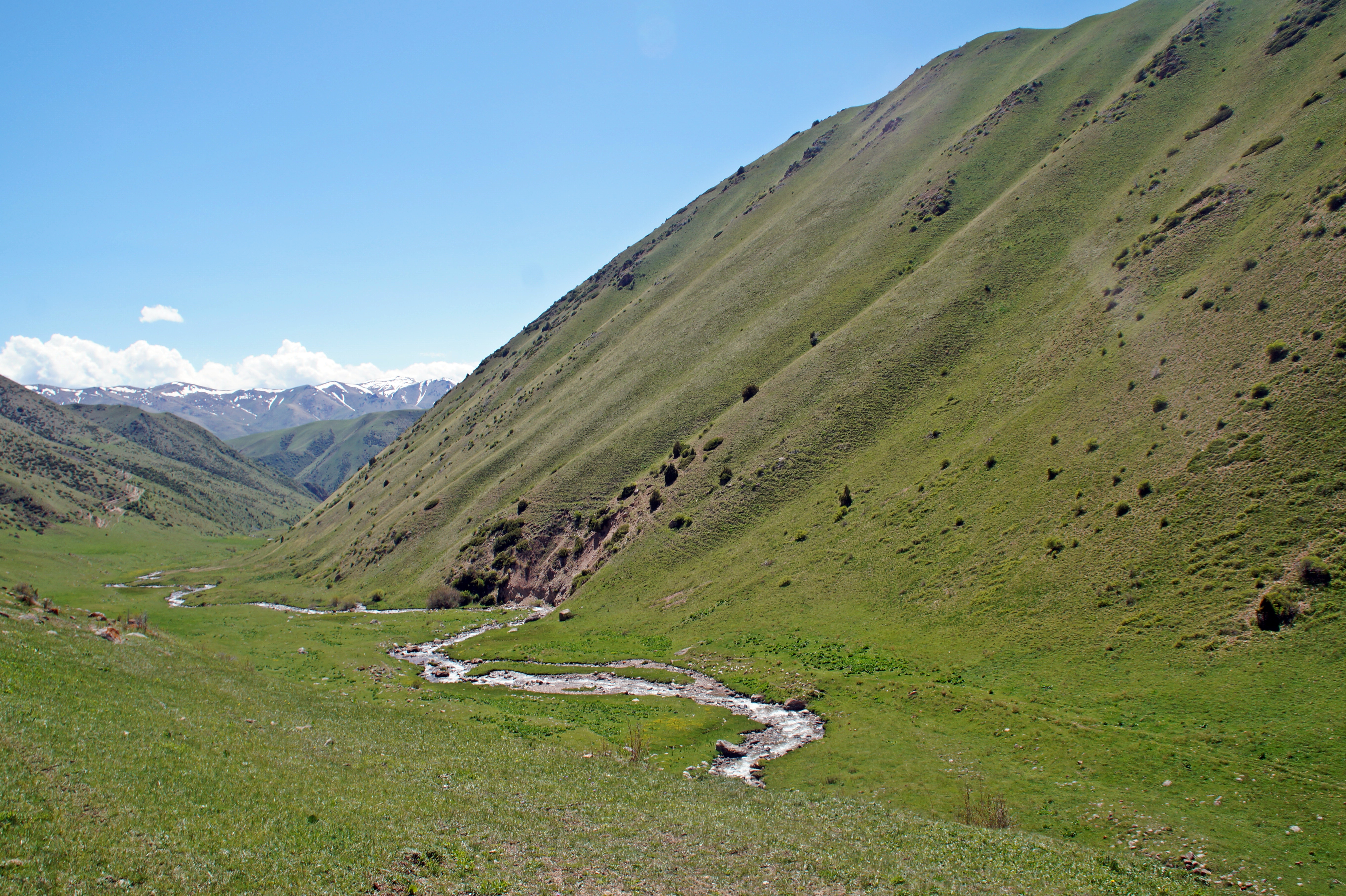
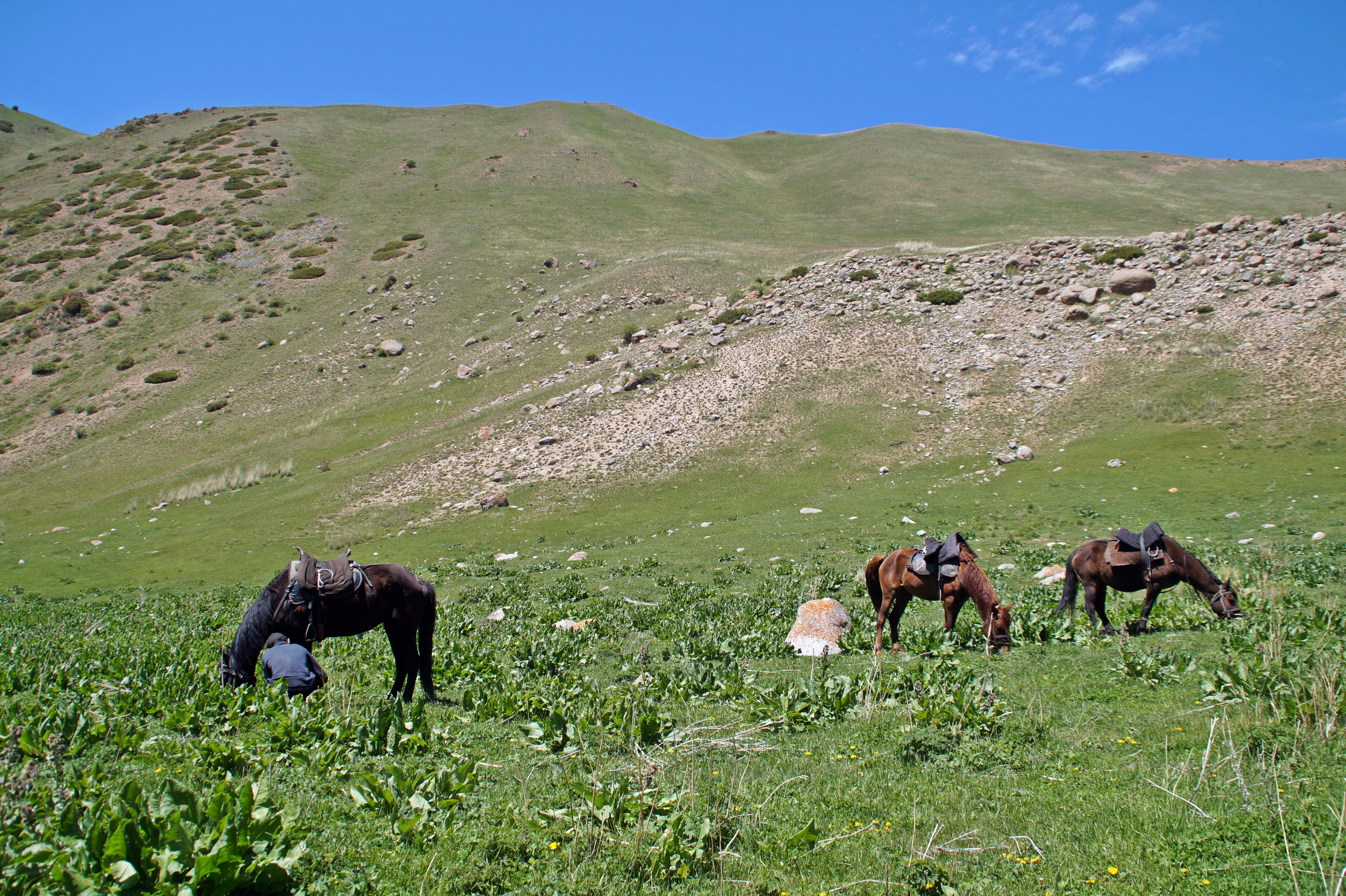
After lunch, we had just two hours of trekking to go before we would reach our destination. We stopped at a farm on the way, where we tried fermented mare’s milk (horse milk with alcohol), which was awful to say it in the nicest way possible! I’m sorry people of Kyrgyzstan, I really like you, but I do not like the horse milk. It was gooey, thick and salty, and tasted worse than anything I’ve ever tried before!
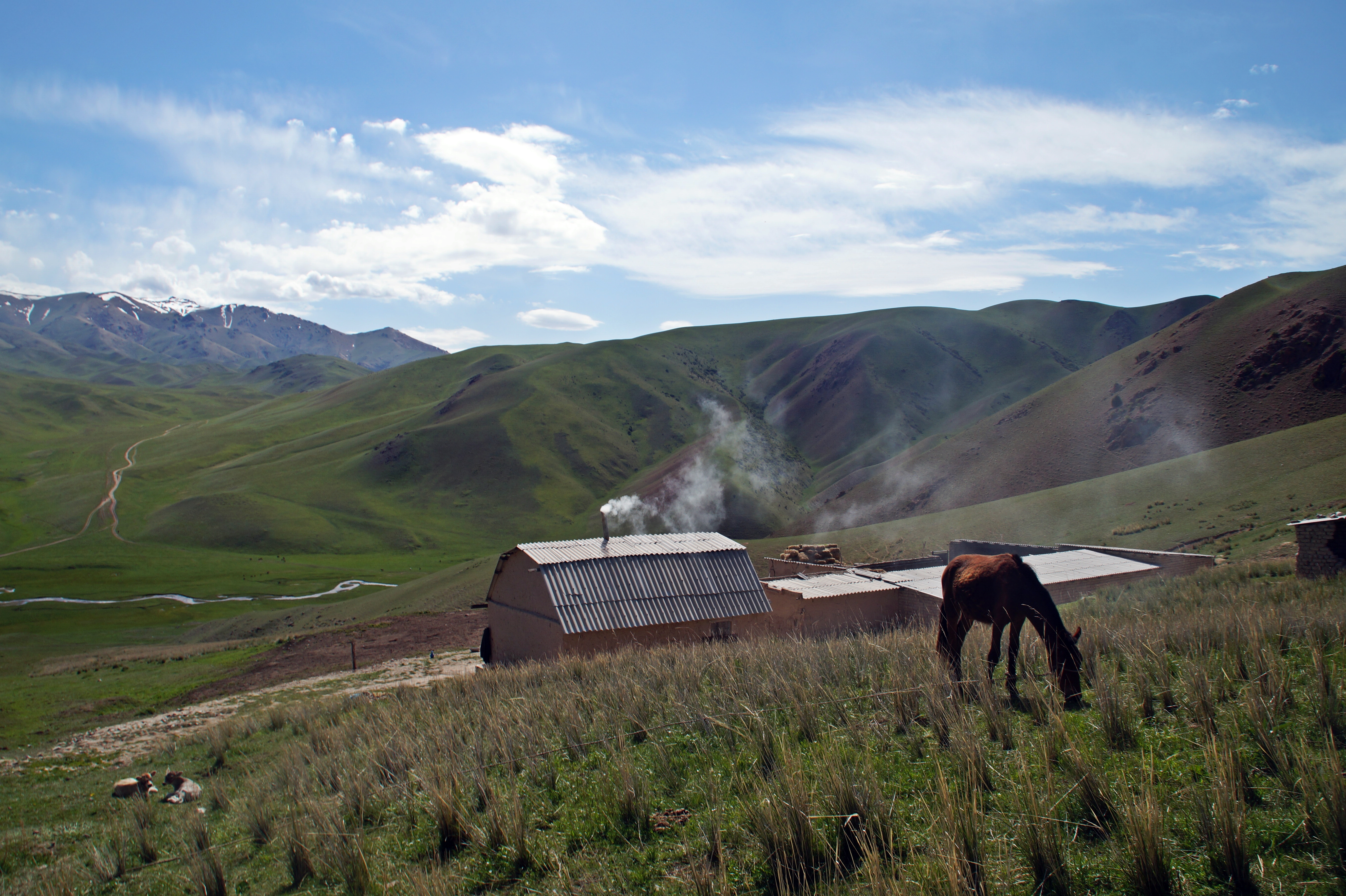
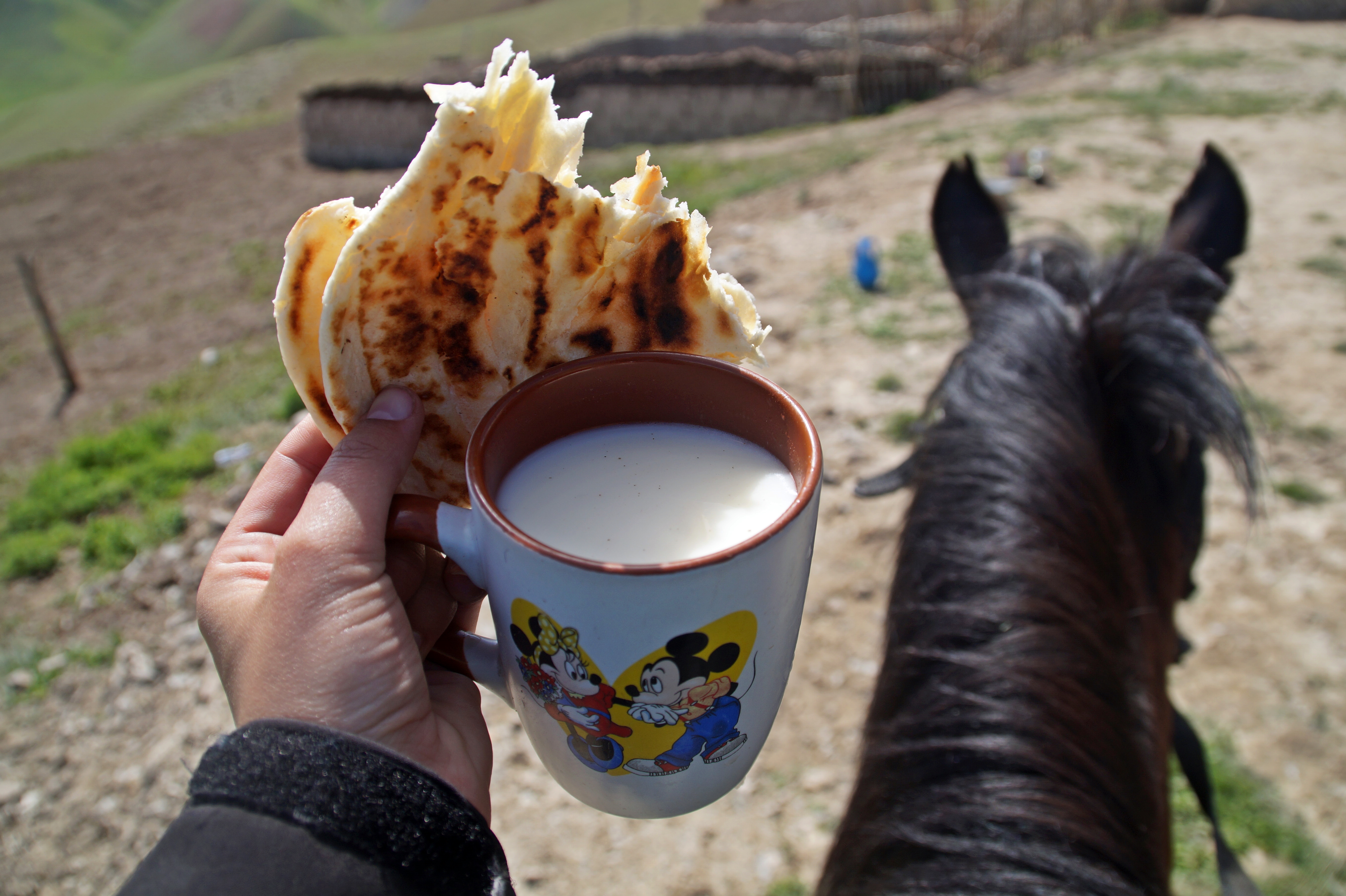
At one point, shortly before we arrived at our destination, Pumba decided to have a rest and sat down with Steve on top of him! I’m sure the horses must’ve been tired by now, so it was no wonder. Unfortunately, I didn’t get a picture, but it was as funny as anything!
An hour later, we arrived at Kilemche Jailoo, where our yurt guesthouse was located. The yurts usually have fireplaces to keep them warm inside during the cold nights, but the one that we were staying in didn’t, so we asked to move to another one, where two Canadian girls were staying. They were really nice and didn’t mind sharing their yurt with us and we thanked them by teaching them 500. After all, there isn’t much you can do out there in the middle of nowhere after the sun has gone down, so playing cards was our bit of fun for the evening.
The yurt guesthouse is owned by Tinim, who we never met, and his wife Cholpon, who was really lovely and didn’t mind making me vegetarian samsis while the others had theirs with horse meat.
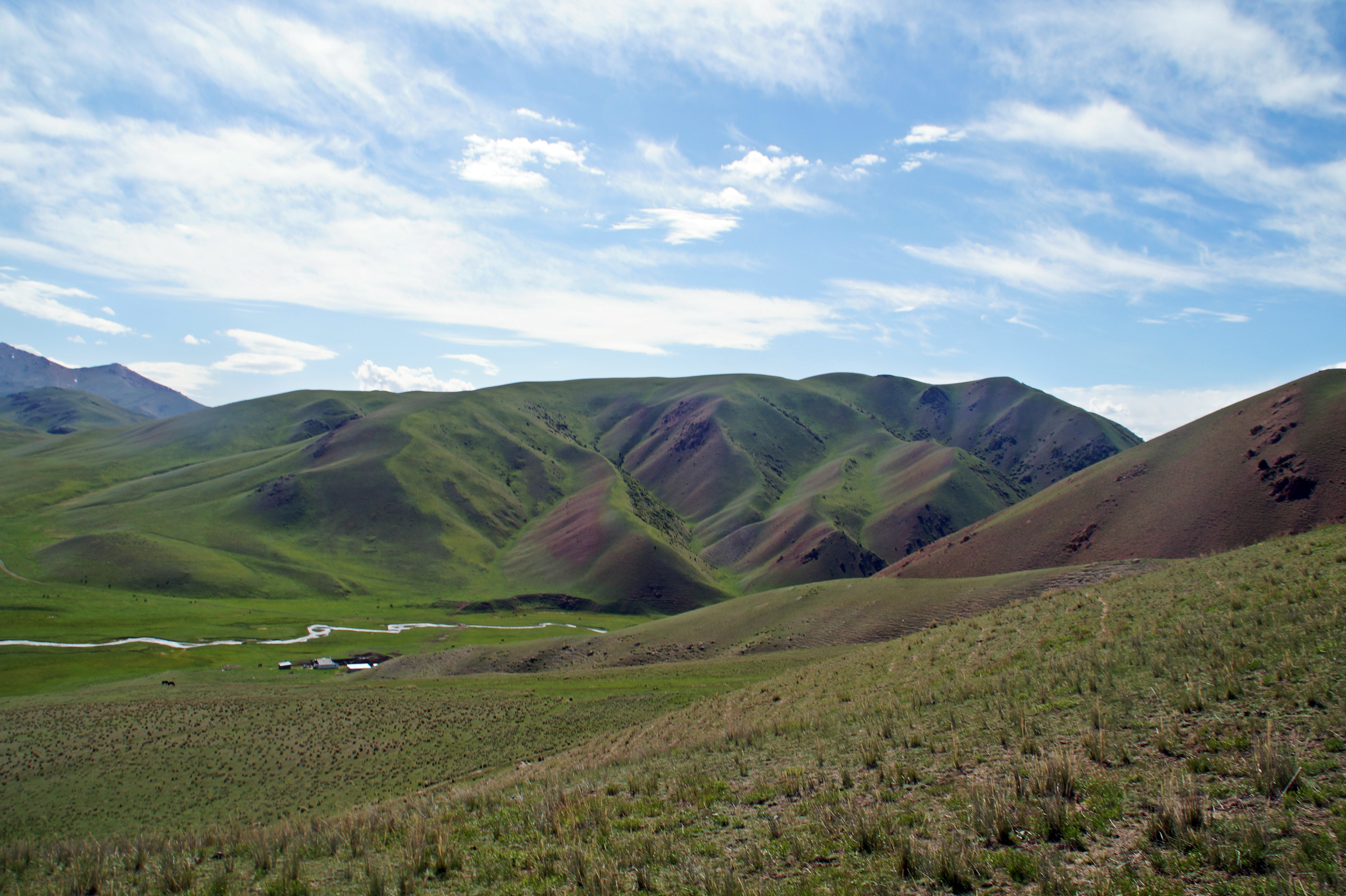
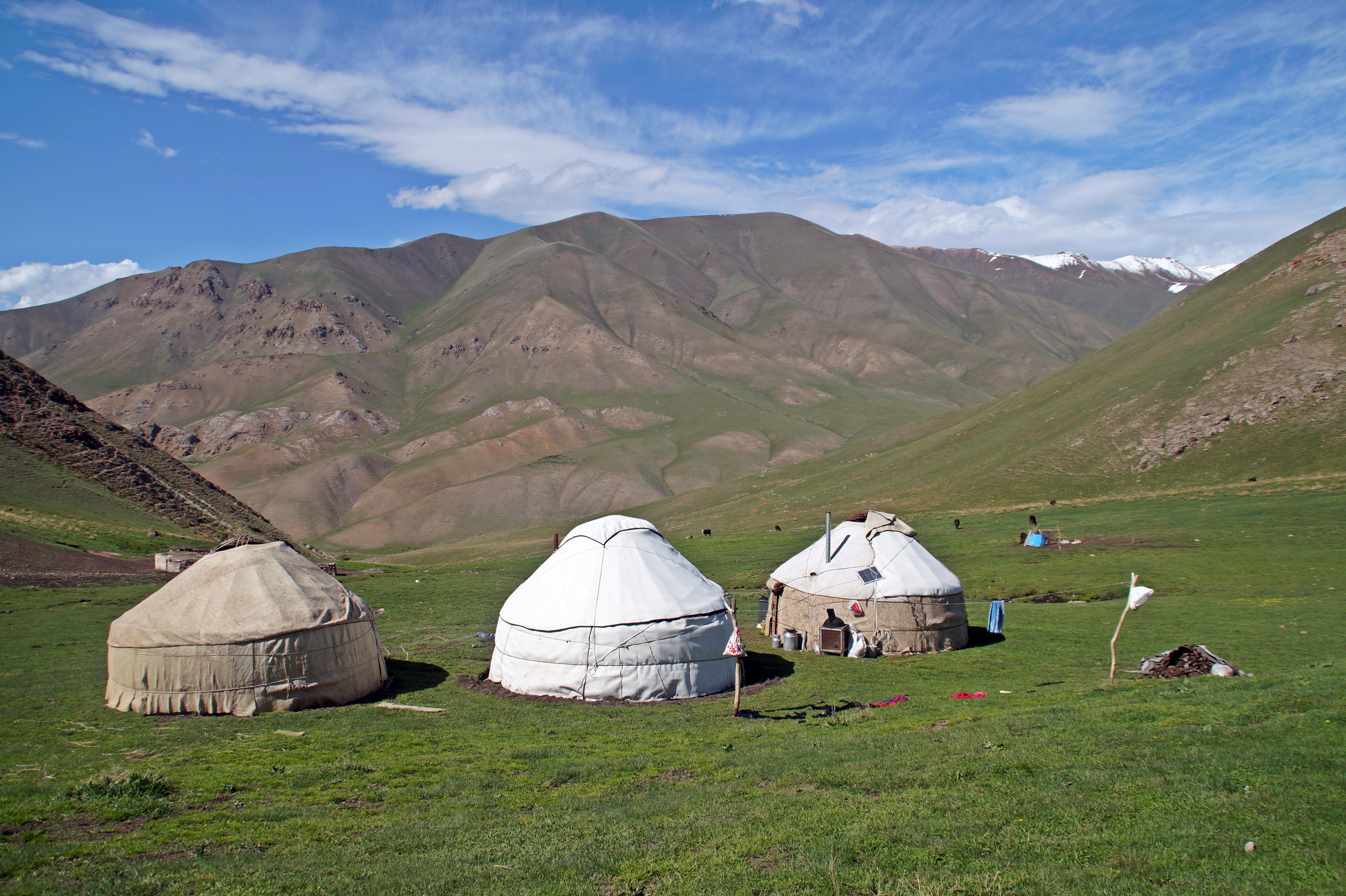
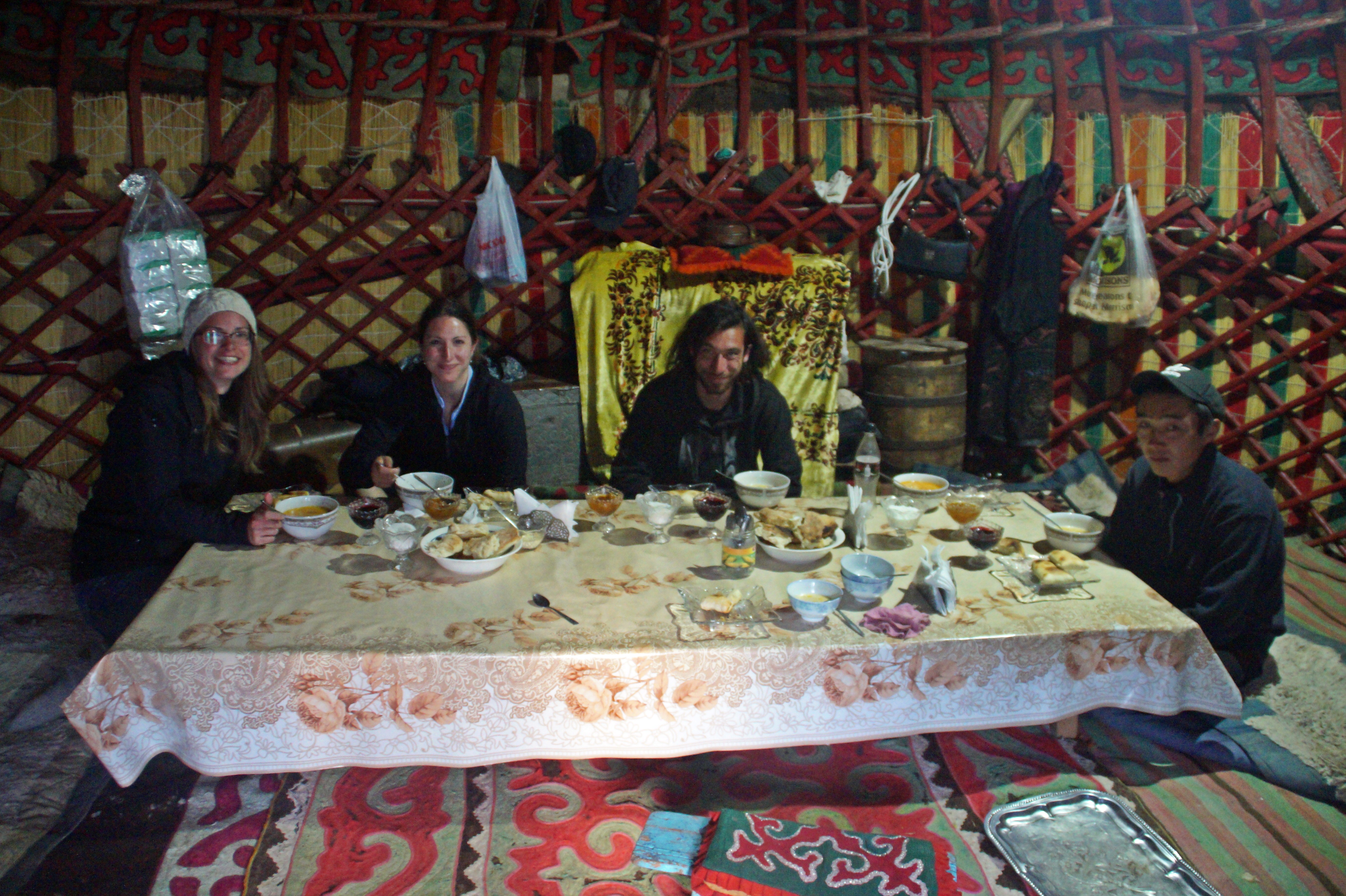
The next day, we left the yurts at 8.45 after breakfast. The weather was alright, but nowhere near as good as it had been the day before. When we arrived at the lake viewpoint on a mountain pass at 10.50, it was starting to get foggy and cold. The view point was our final destination for the trek, as the lady at the CBT office had told us that we wouldn’t be able to go to the actual lake, because there was too much snow and it would be frozen, but that wasn’t the case at all when we got there.
We were very disappointed by the view, as we could only see about 500 metres of the 29 kilometer long lake. It was beautiful, but it was not what we had expected – and not what we had been promised either. We were told that we would be able to see the lake from a mountain, not a pass in between mountains, and what we were seeing wasn’t the lake, it was less than 5 % of it.
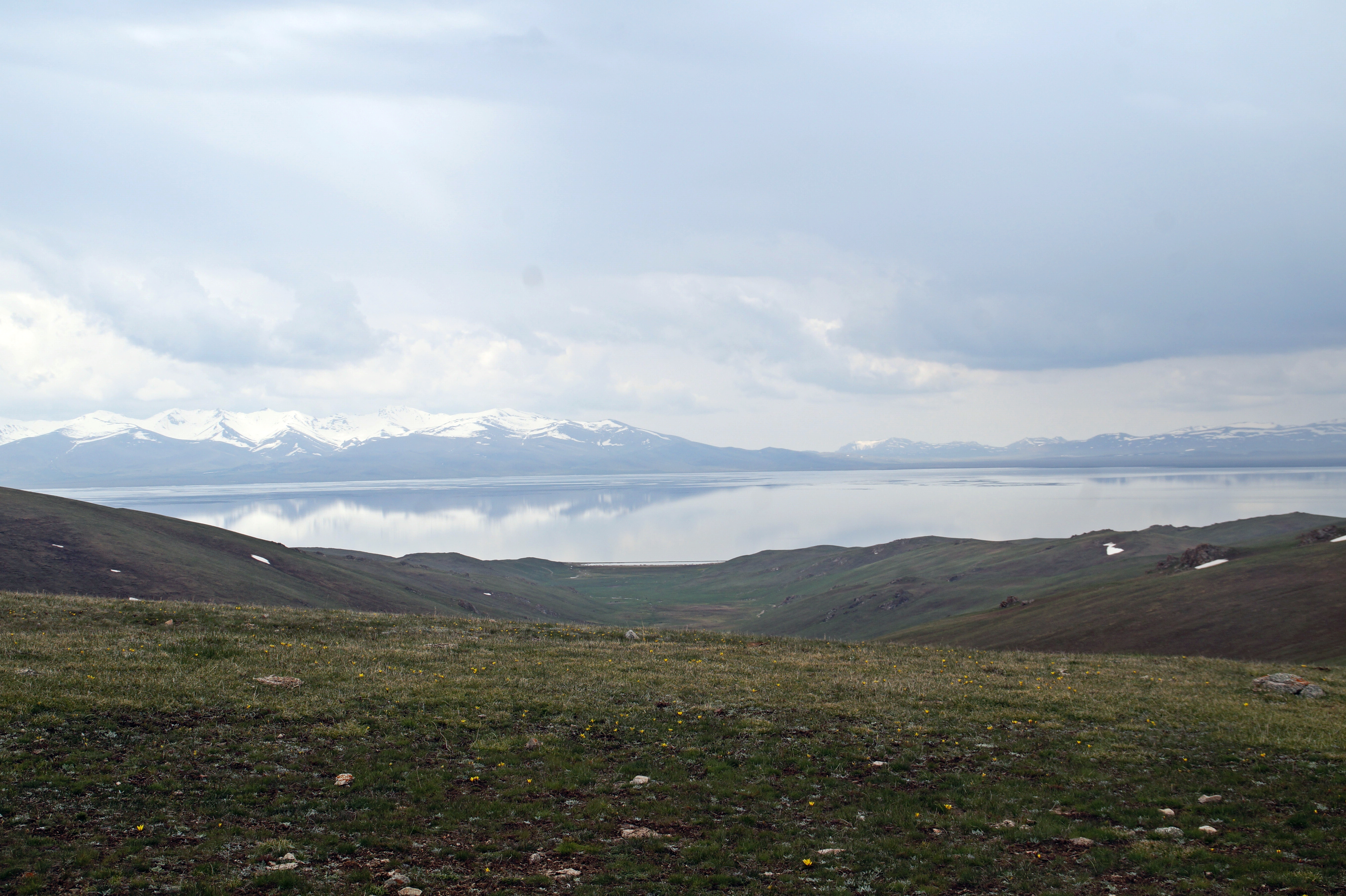
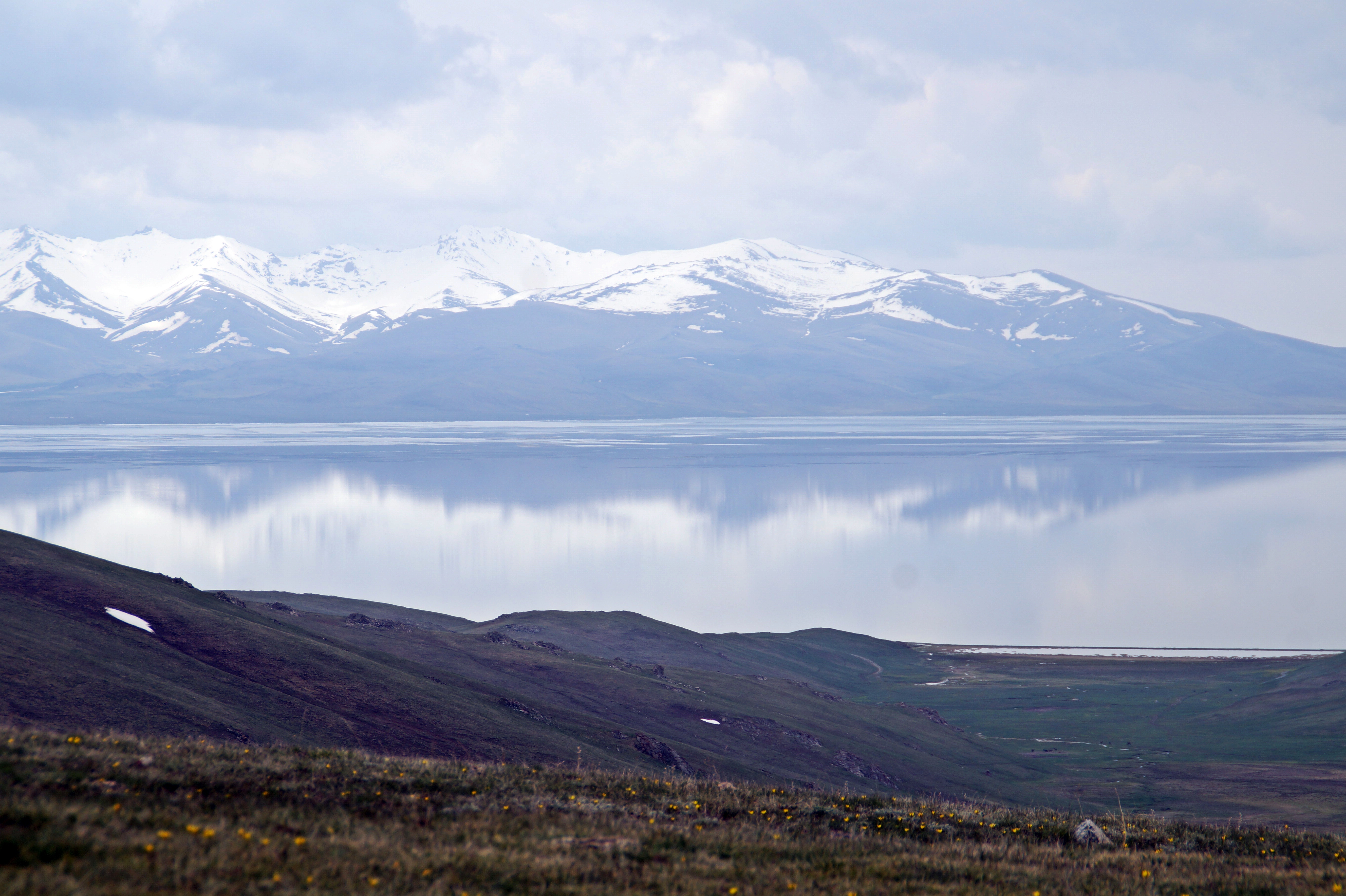
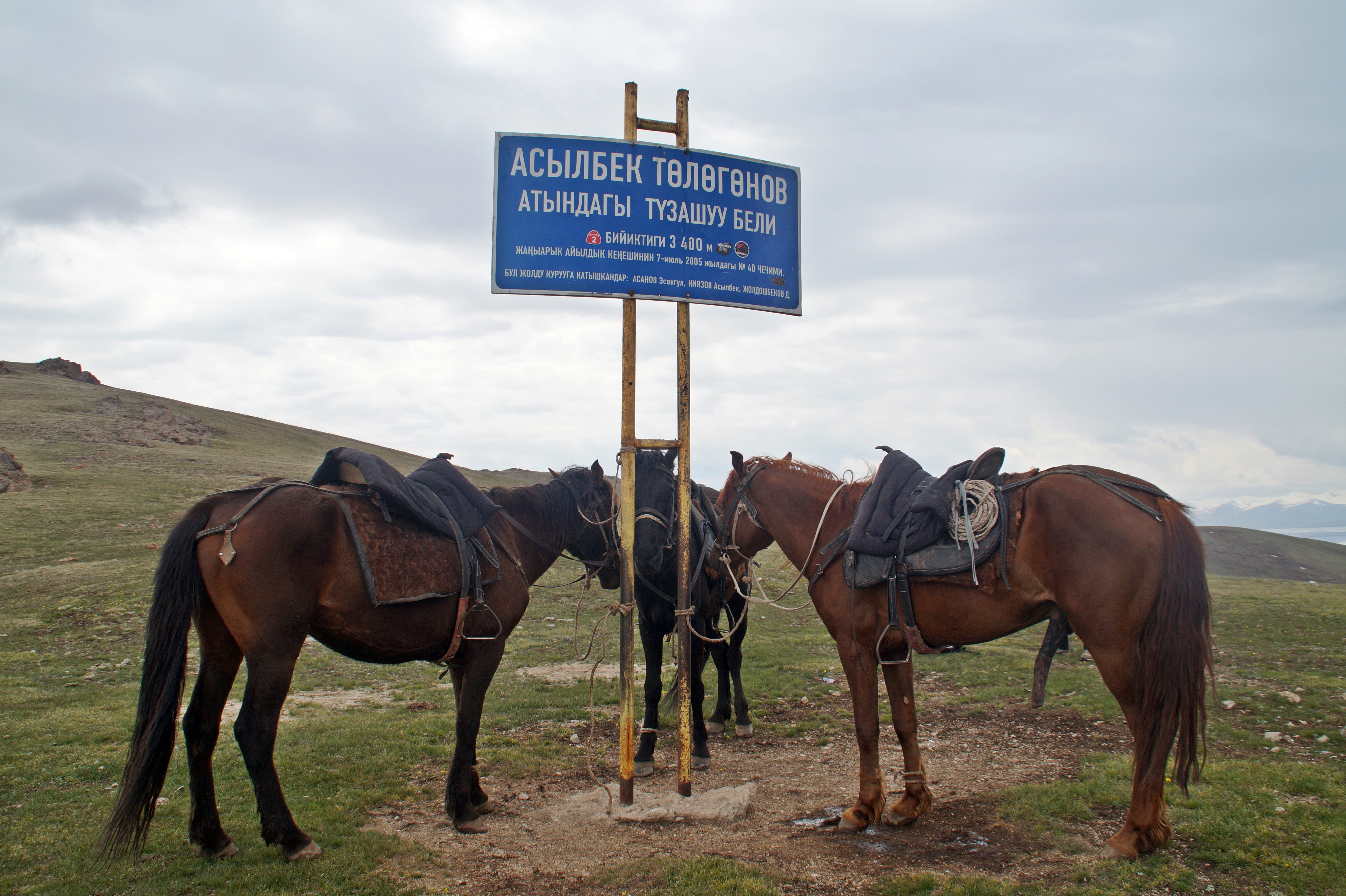
Bek could see that we were disappointed (I didn’t do a very good job of hiding it…), so he offered to take us to a mountain top saying that it would take 30 minutes each way from where we were standing. He didn’t seem very amused by it, but we agreed to do it. After about 5 minutes, we arrived at the top of the mountain and had a much better view of the lake! I was satisfied and so was Steve. But the 30 minutes thing was definitely an overestimation, unless he said it to make us reconsider. Anyways, I was glad that we did it.
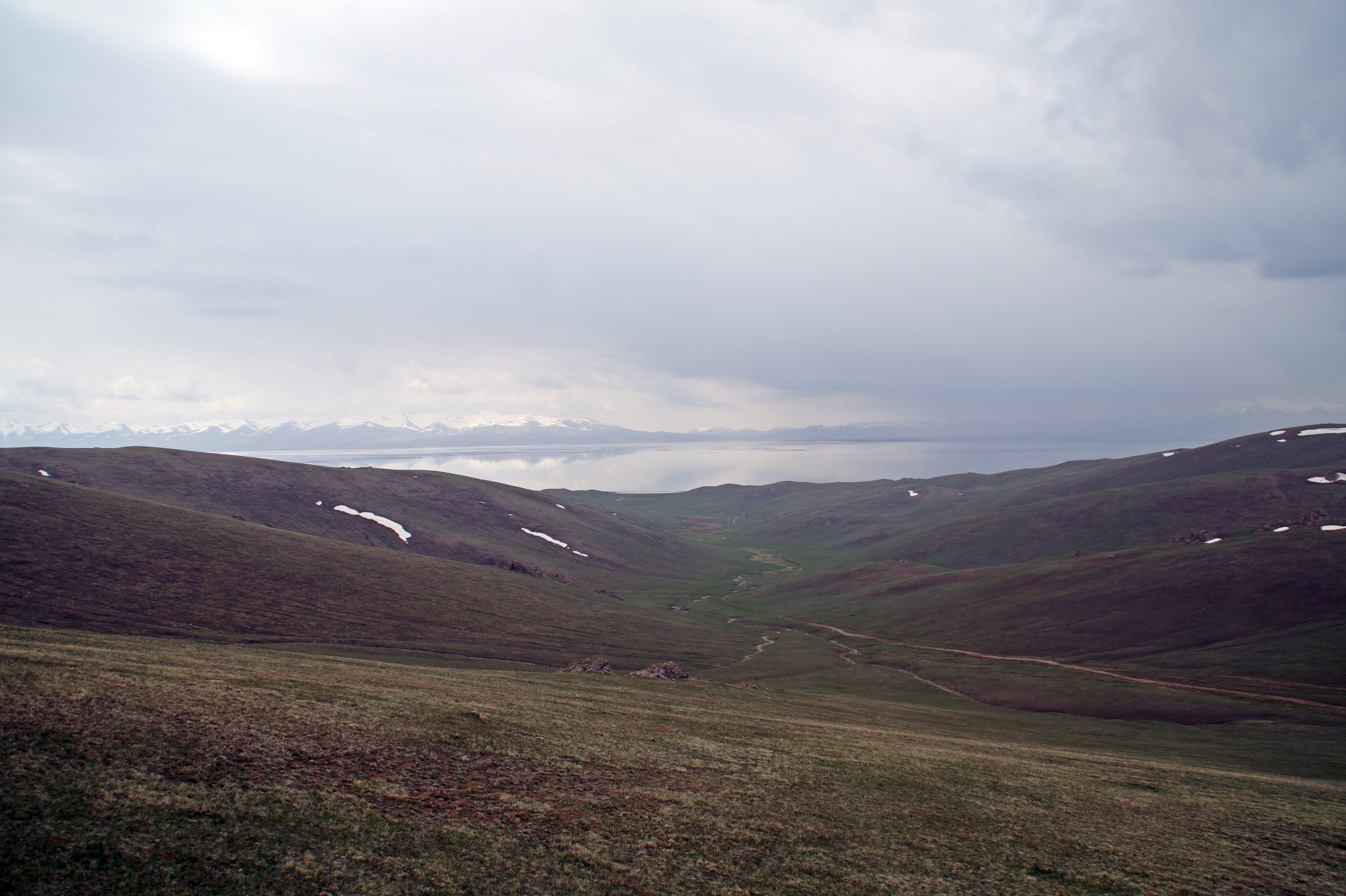
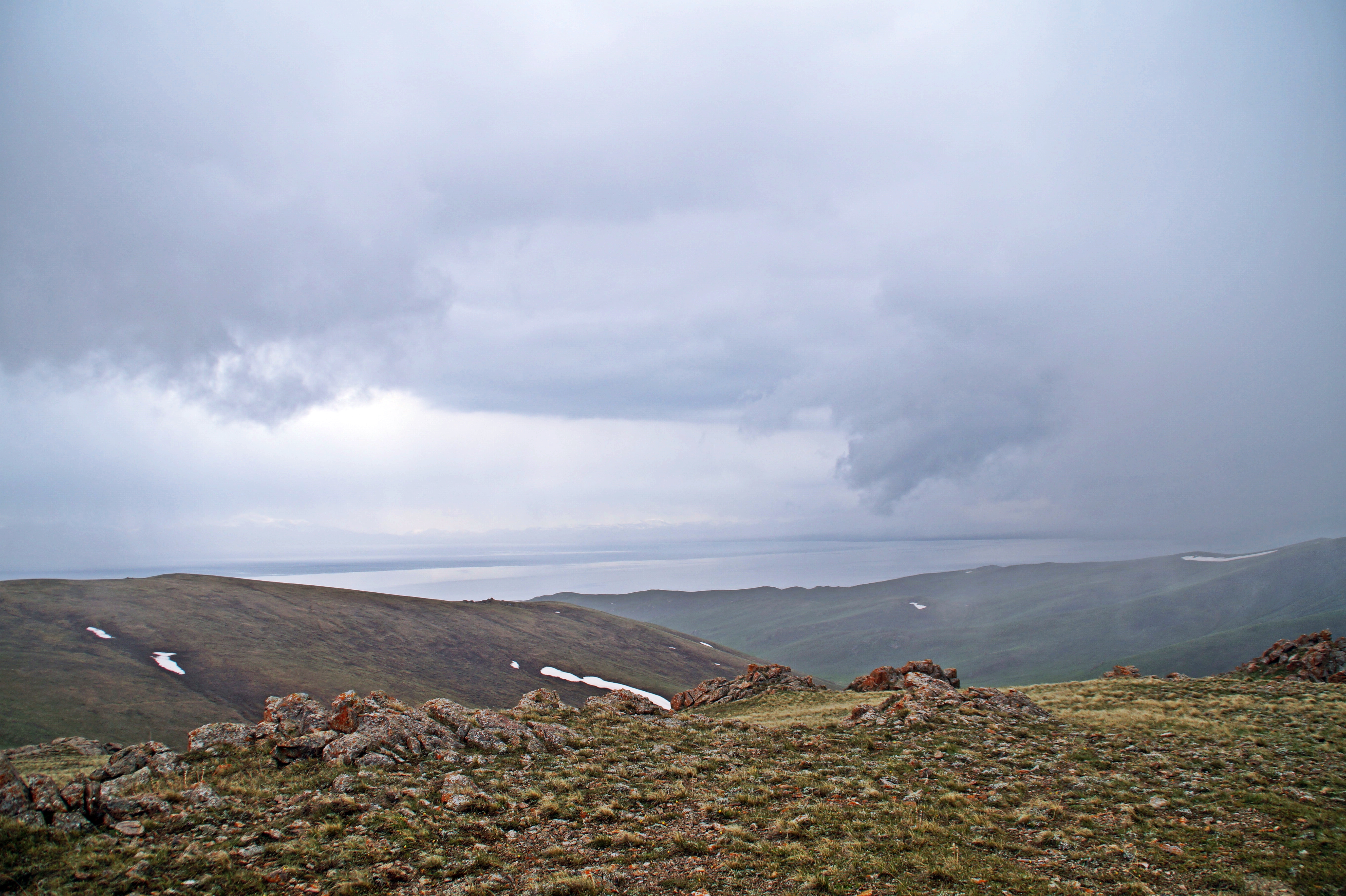
Just as we were about to descend and head to the village of Chekildek, which would be our end destination for the tour, the heavens opened and spit out rain, thunder and hailstones! The thunder scared the horses, who started running, but when it started hailing, they stopped and turned sideways. No matter what we did, we couldn’t get them to go, so we had to wait there in the freezing cold for the hailing to stop.
When it eventually did and we started trekking again, I was so cold that I couldn’t feel my entire body. I wanted to get warm so badly that I asked Bek if we could stop at a farm, as we were about to pass it. He said that he didn’t know the people who lived there, but he could see how cold I was – and I’m pretty sure that he was cold as well – so he called them and a little boy came out. He then shouted to his father, who came out and welcomed us into his warm home. It was a very small house with 7 people living in it; the wife, the husband, a grandfather, a young guy and three small children. And now they had 3 guests, but they were so hospitable and didn’t seem to mind at all. They offered us horse milk, but we had to decline due to our dislike towards it, haha. We stayed there for about half an hour, warming up by the fireplace, and having a laugh with the family, who we could not communicate with by language. We only had a small pack of M&M’s to offer as a thank you gift and the children received it with gratitude. I was so thankful to the family, I can’t even explain it!
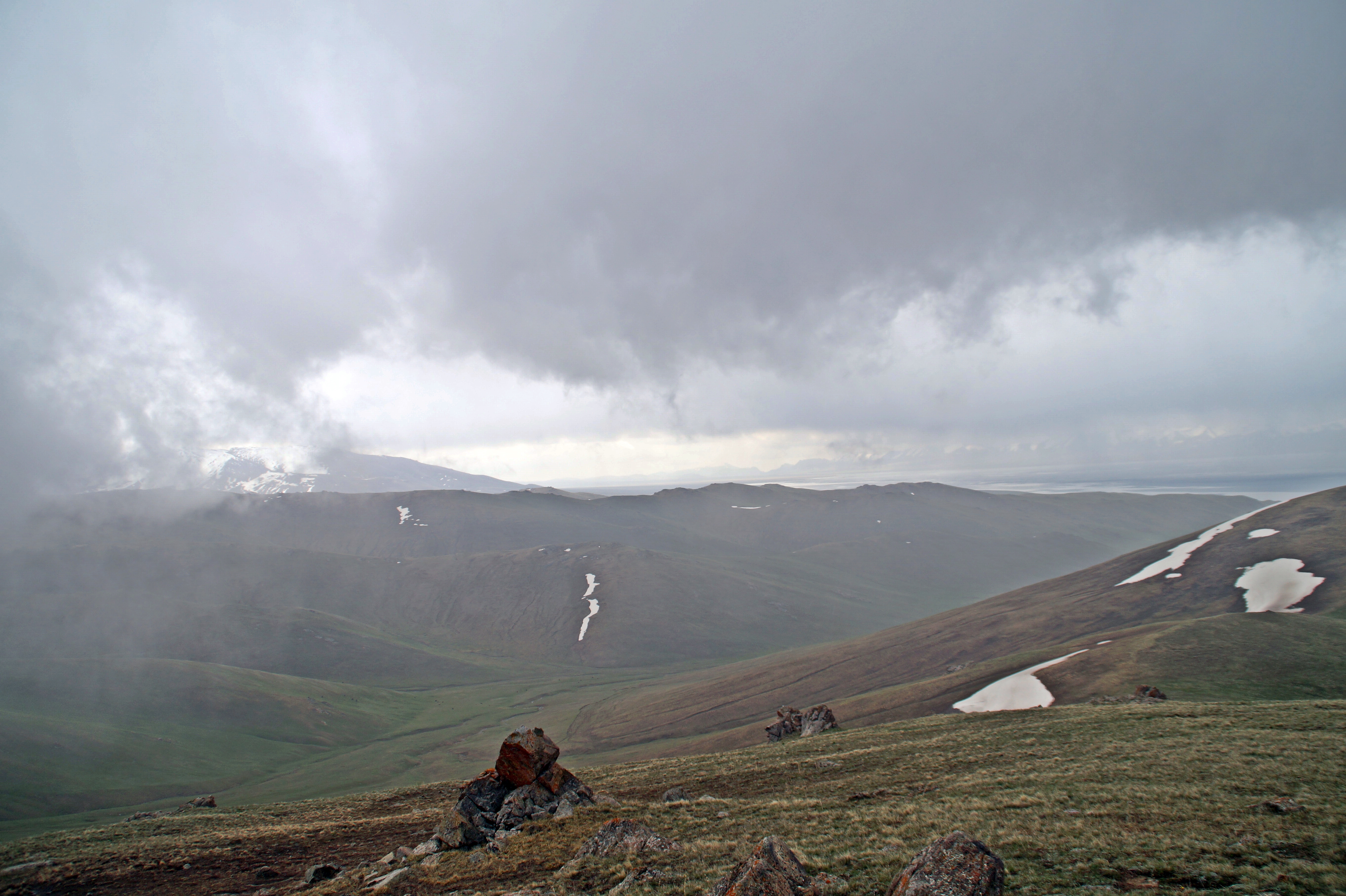
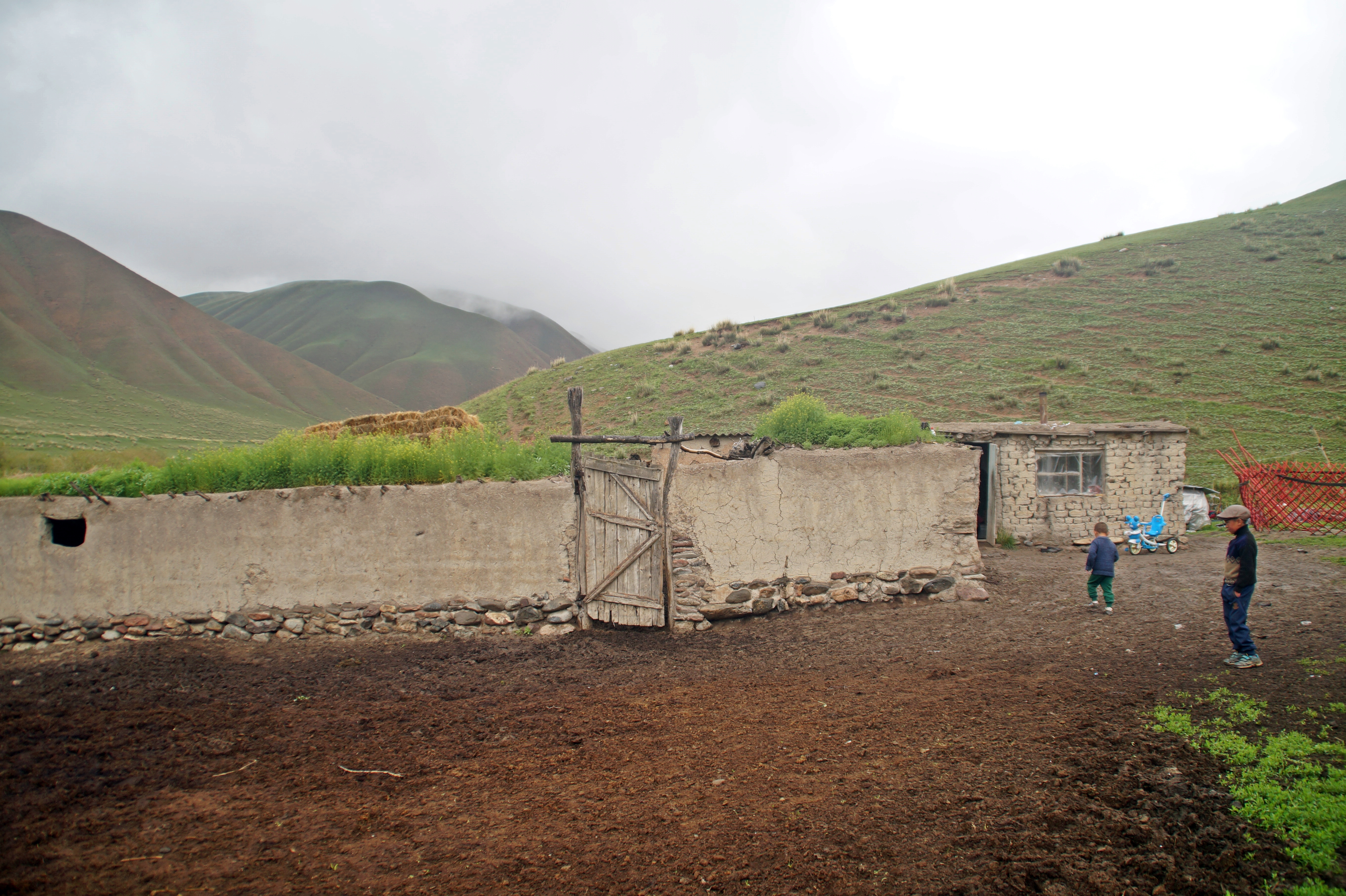
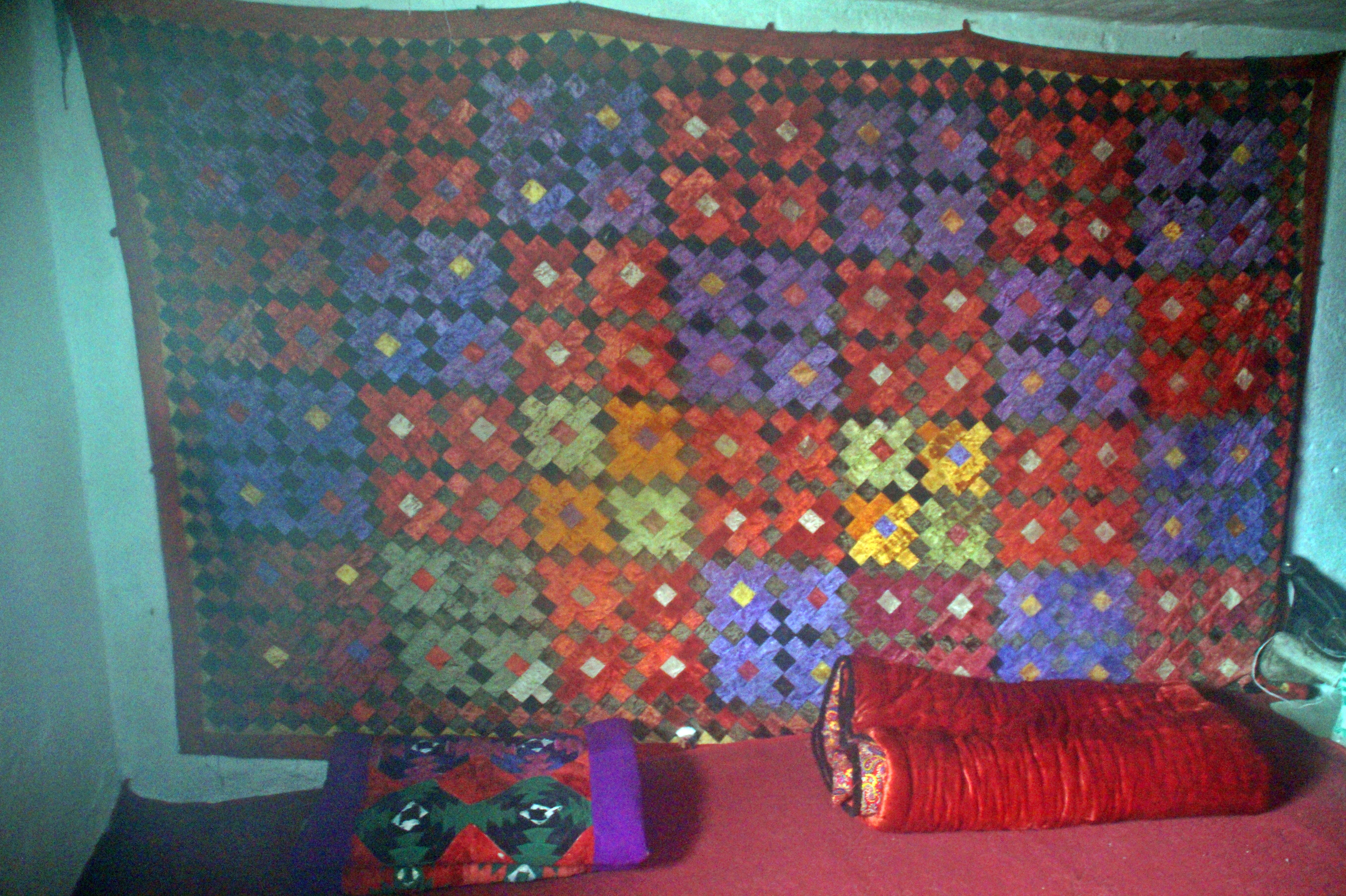
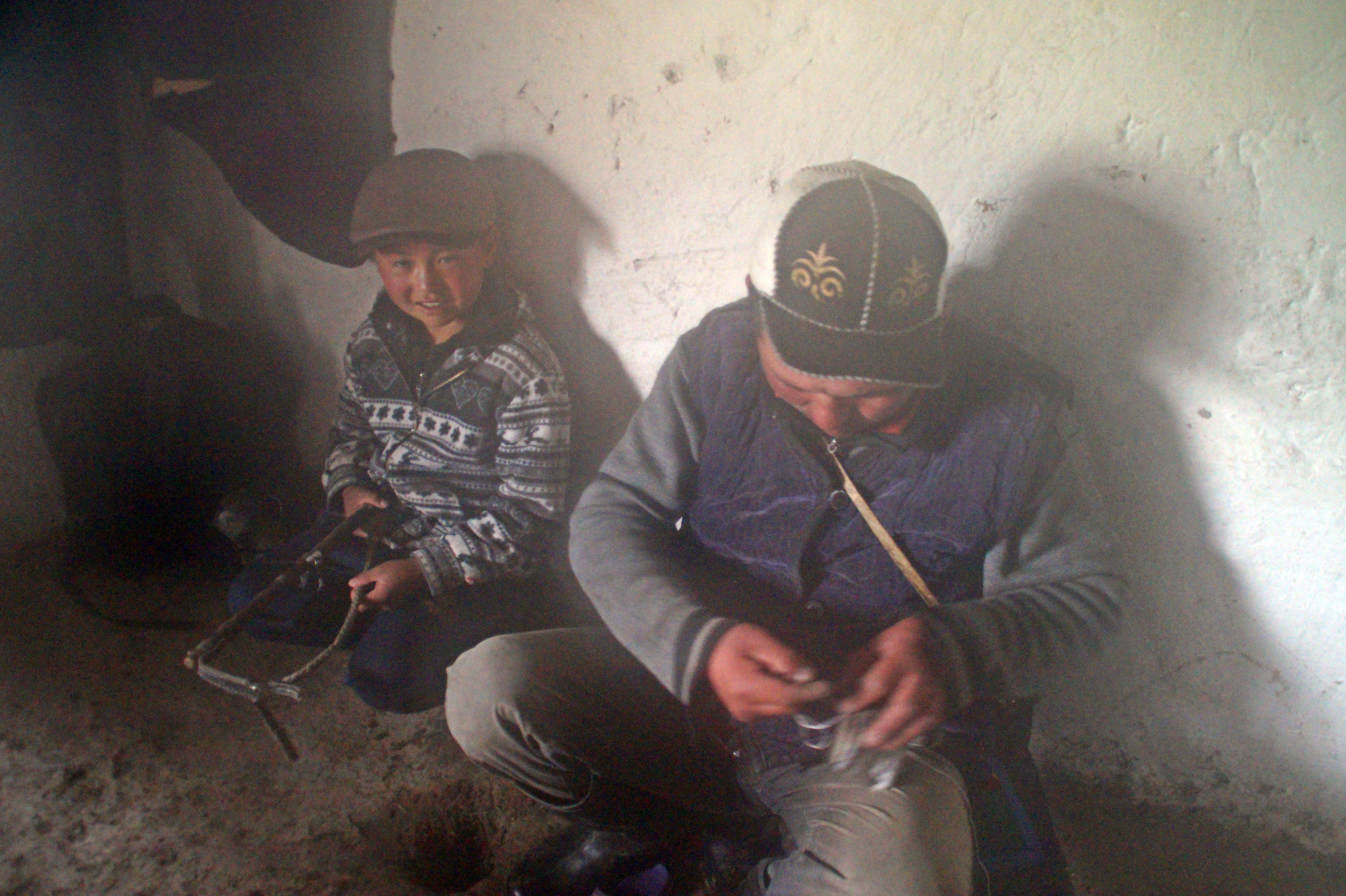
Both Steve and I didn’t feel ready to get on our horses again, but we had to, since it was getting late and we wanted to get to Bishkek the same evening. But riding the horses for the last 1,5 hours to the village actually wasn’t bad at all, as we had both warmed up a bit despite our clothes still being wet, and it had stopped raining. I was surprised by how quickly the weather changed from okay to absolutely terrible and then back to okay. I was praying for the sun to come out to warm us up, but it failed to show its face, but we did manage to not freeze again. The last bit of the trek was actually really fun! Bek’s horse Comanche suddenly started galloping really fast and our horses, Elvis and Pumba, were copycats and followed with the same high speed. I got such a shock that I just started screaming and I didn’t stop until the horses slowed down, haha. I’m sure the others got a good laugh out of that!
We arrived at Chekildek at 15.45 and were picked up by the same guy that drove us to the beginning of the trail the day before. Bek then went off with the horses after a sad farewell to our new animal friends. Elvis was a great horse to ride and I’ll always remember the special times we had together.
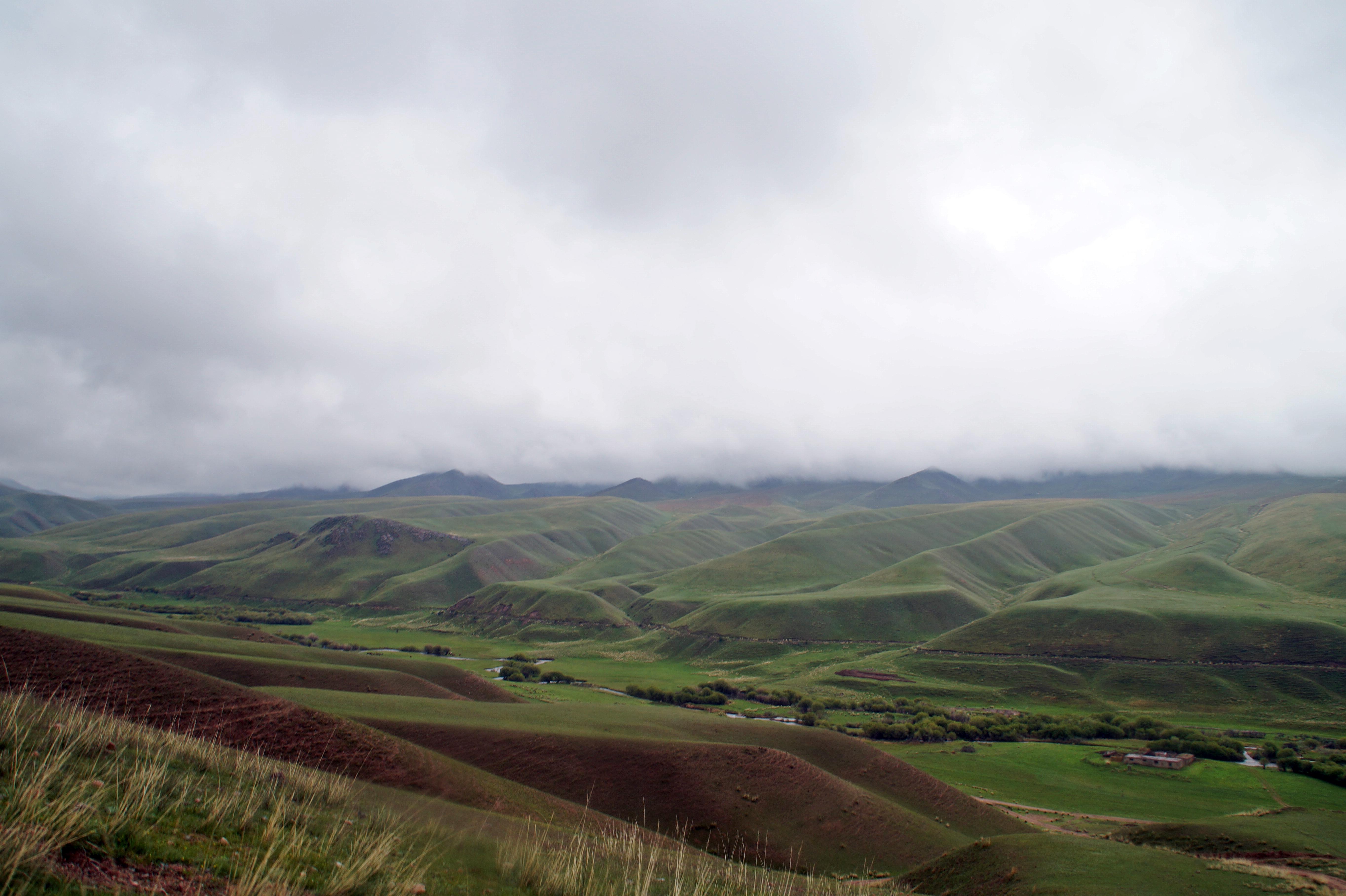
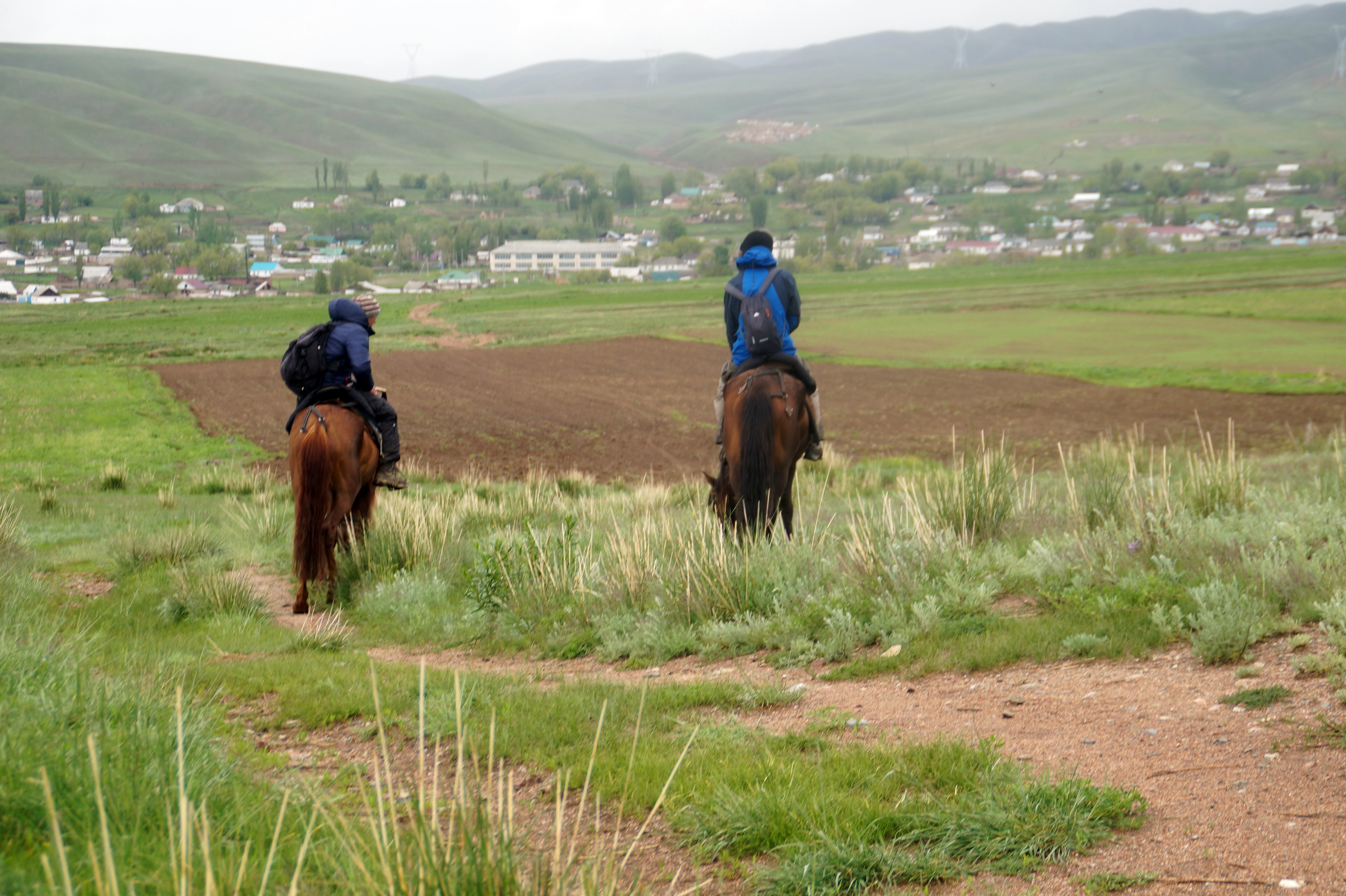
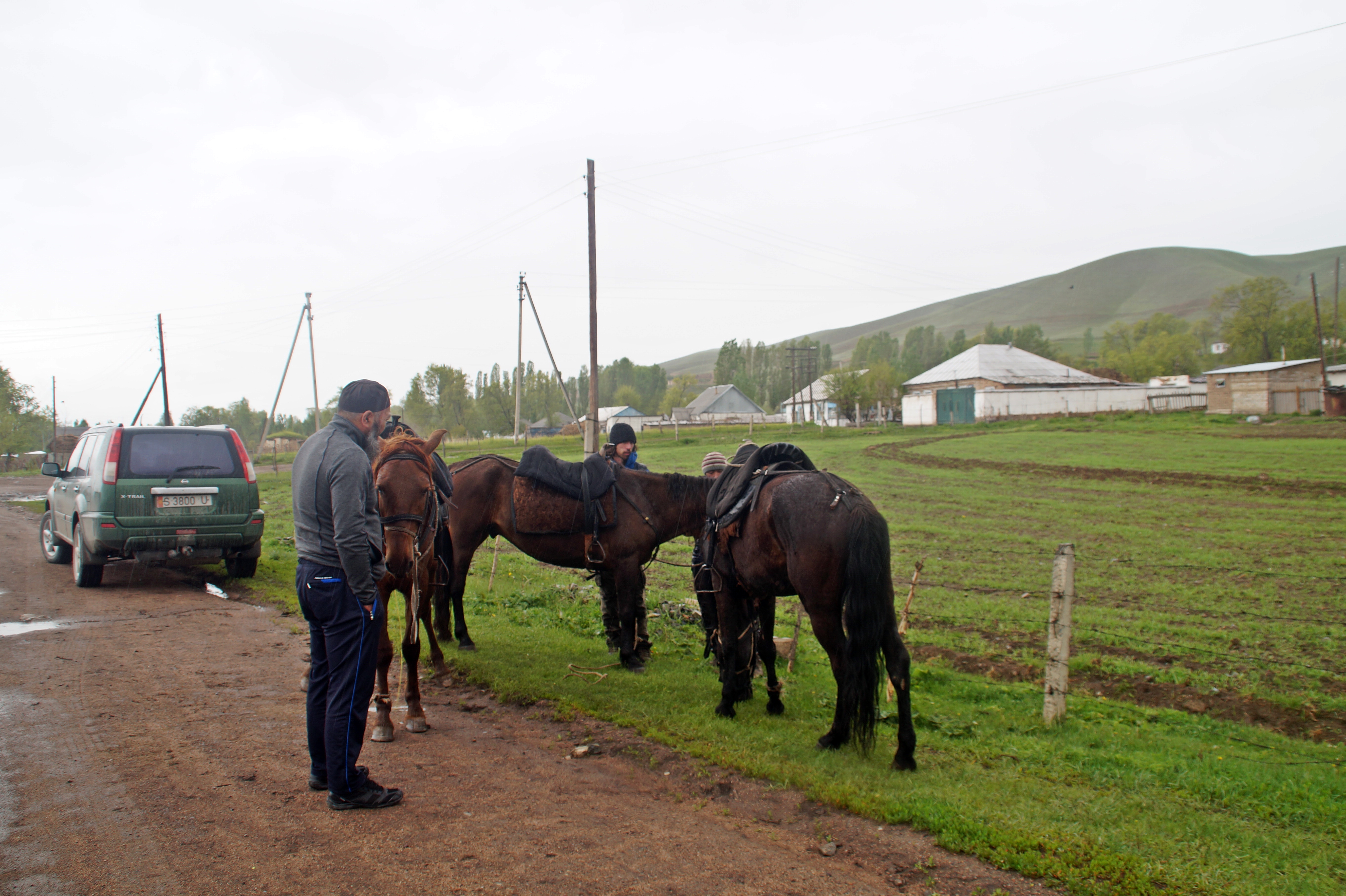
We arrived back in Kochkor at 17.15, picked up our bags, changed our smelly clothes, bought some unhealthy snacks (we deserved it) and caught a share taxi to Bishkek.
Despite there being some issues (the transportation and the lake viewpoint) as well as a bit of a communication problem with our guide at times, I really enjoyed the tour and have found out that – despite the painful butt cheeks and thighs – I really love horse trekking! I definitely want to do that more in the future, preferably in mountainous areas and in good weather!
How to travel to Song Kul Lake
- To get from Karakol to Kochkor, you can catch a marshrutka to Balykchy for 200 soms per person, and from there get a taxi to Kochkor for 100 soms each.
- Kochkor is the main starting point for horse treks to Song Kul Lake.
- Two tour companies do horse treks to Song Kul Lake: Community Based Tourism and Shepherd’s Life. Their offices are located right next to each other in the center of the town and most taxi drivers will drop you right there if you’re a foreigner.
- The prices for the tours vary, also depending on how many days you want it to last. For the two of us, we paid 10.500 soms for the 2-day horse trek including dinner and the yurt stay and 2.700 for the transportation from Kochkor to Kyzart Pass and back to Kochkor the next day.
- One night in a CBT guesthouse costs 700 soms each and includes a hot shower, breakfast and free wifi.
- I can recommend going with CBT on the tour, but make sure you have the transport sorted before you pay. Also, be completely sure whether or not you’re actually going to the lake or just to the “viewpoint”. If possible, ask if you can get to the small mountain for the view instead, as it’ll only add about 10 minutes to the itinerary.
- To get from Kochkor to Bishkek, you can catch a share taxi in the center for 200 soms each.
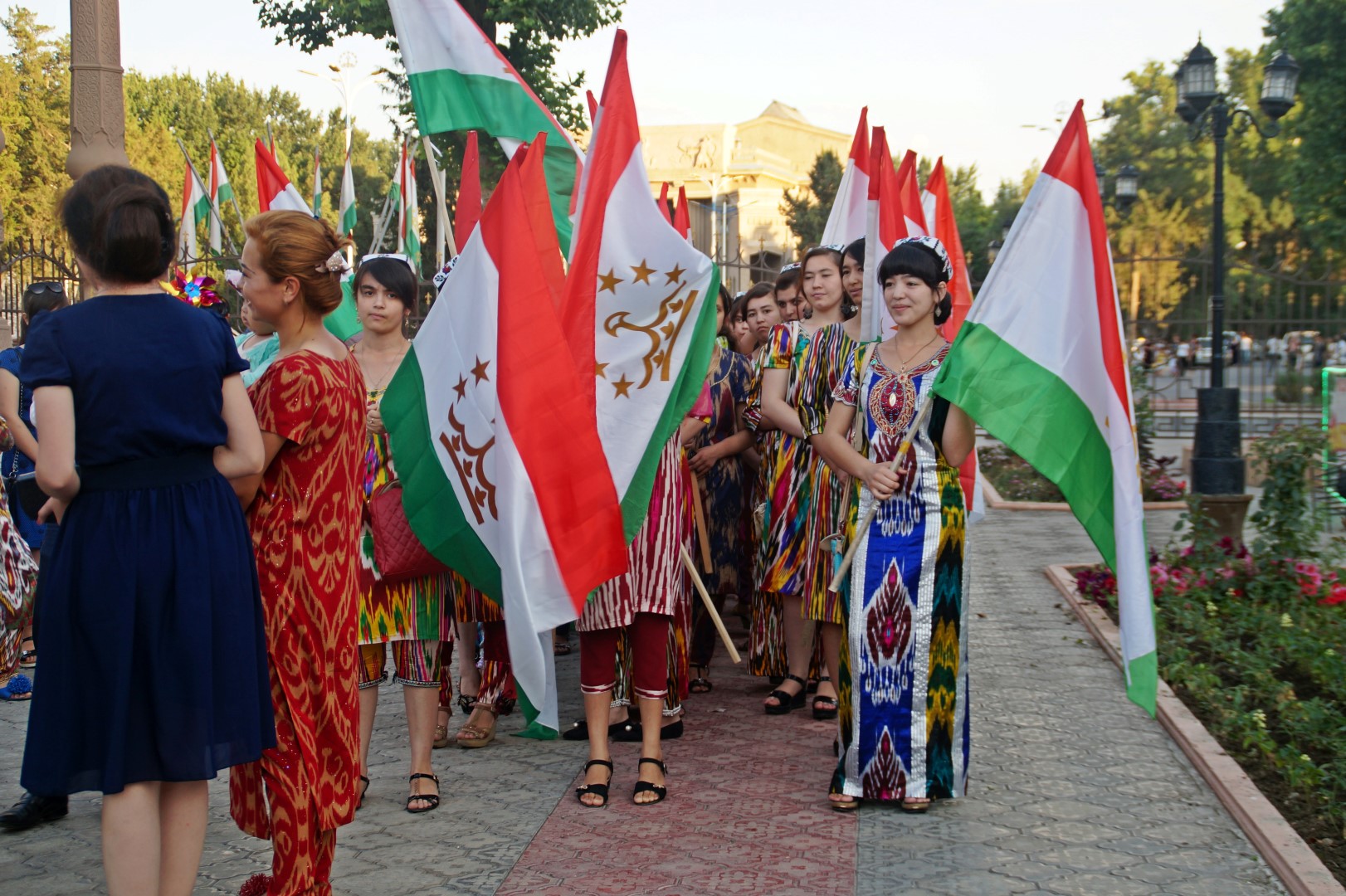
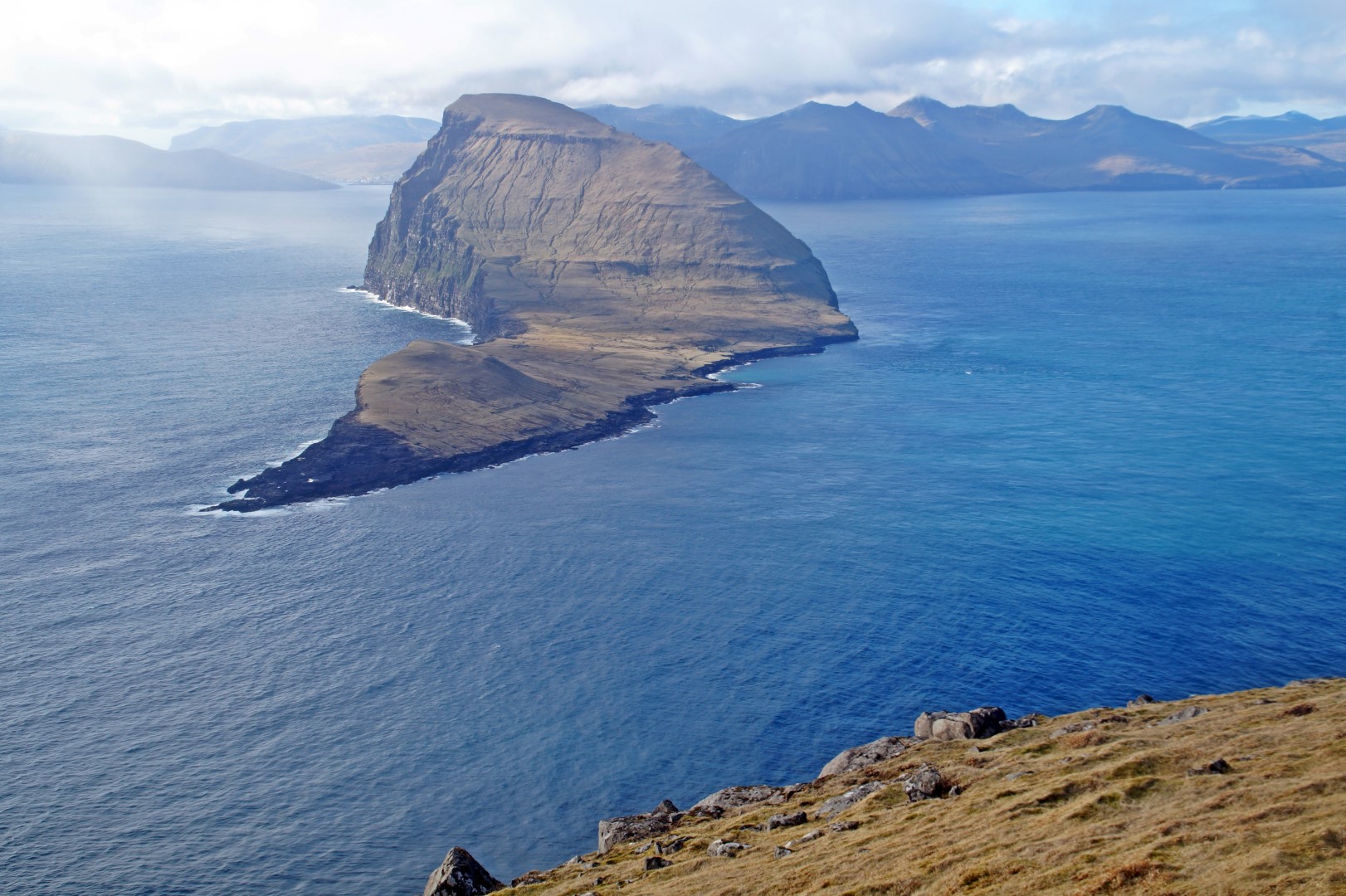
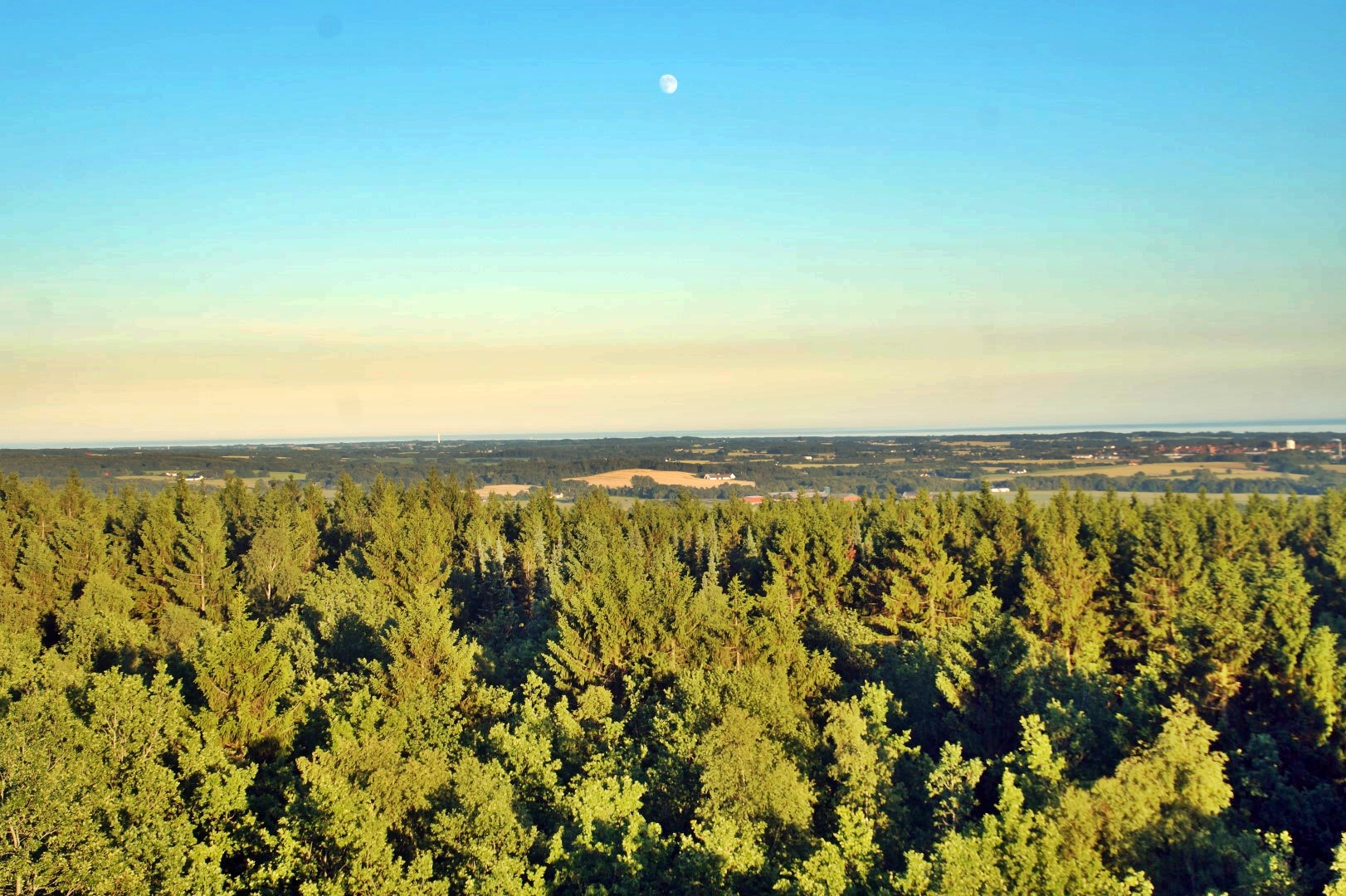

3 COMMENTS
Nathan
7 years agoI’m sorry you had some setbacks and bad weather, but it’s nice to hear that you maintained a good attitude throughout and still felt rewarded by some of the great views of the lake. Horse riding can be a major challenge but also lots of fun and I hope to get the privilege of taking many more people to the beautiful lake this summer. You can check out our pics and info here: http://www.kyrgyz-travel.com/trip-to-song-kul-lake/ Best of luck on your adventures!
Ann
8 years agoThat was worse suffering! Place is so beautiful that cannot be described in words! My eyes could not believe such beauty exists! Thank you for sharing with us, Mel!
Melissa Cherry
8 years agoIt definitely was worth the suffering! I would do it all again in a heartbeat! Thank you for coming along, Ann 😀